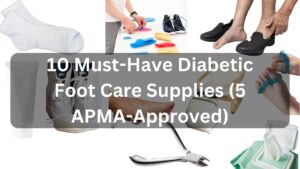Hiking and camping are the tools for healthy health. Apart from work, hiking and camping are necessary to take a fresh breath in a fresh breeze. But if you think “why a first aid kit is important in hiking,” then let me answer you that minor injuries (GOD forbidden) may spoil your hike and camping, so it is necessary to have a first aid kit while hiking and camping to enjoy the beauty. At the end of the article, we have added all the tools and things you need for hiking or camping.
First, I would like to tell you, “What is a first aid kit?”

First aid kit.
A first aid kit is a collection of supplies and pieces of equipment that is used to give medical treatment to a sick or injured person until full medical treatment is available.
And do you know what is hiking?
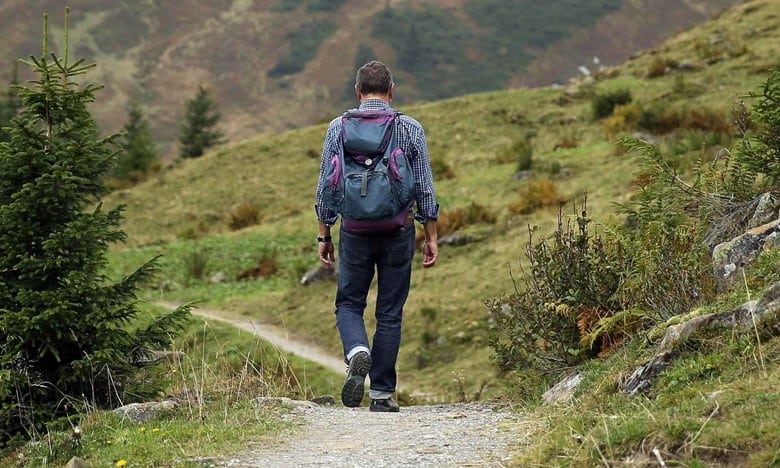
Well yes.
Hiking is a long, vigorous walk, usually on trails or footpaths along the countryside or through rural areas for exercise, pleasure, military training, etc.
Why do we need a first-aid kit for hiking or camping?
That’s a good question.
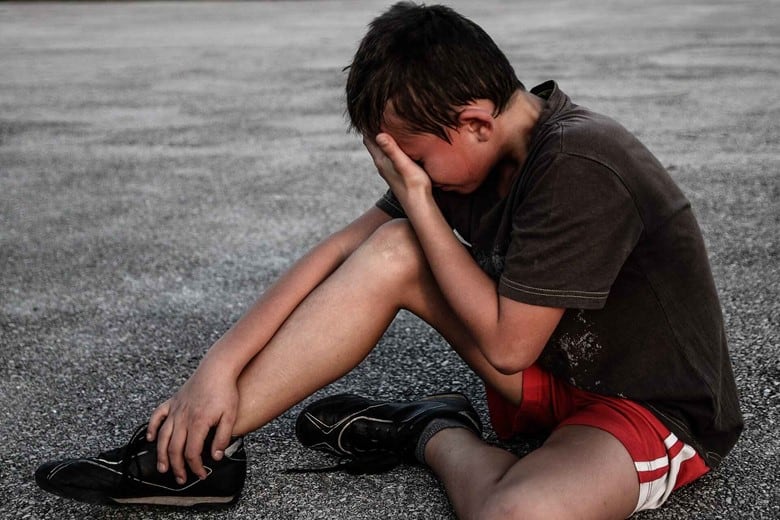
Let me explain with a simple example. For example, if someone is walking, hiking, or camping and suddenly gets injured, he or she will surely search for something that will give him relief and comfort, and if he/she doesn’t find anything, ultimately he will squeeze his injury with his hands and get some relief. On the other side, if someone gets injured and has a first aid kit, he or she can easily treat an injury with great ease and comfort.
First, tell us what kind of problems one can face while hiking or camping.
Let’s explain some of the common injuries or problems related to health while hiking and camping.
1. Blisters:
It is the first problem that someone can feel after a long walk.
“Blisters are a thin vesicle or bubble of watery fluid or serum caused by friction, burns, or other damage or injury”.
But how can someone get blisters while hiking?
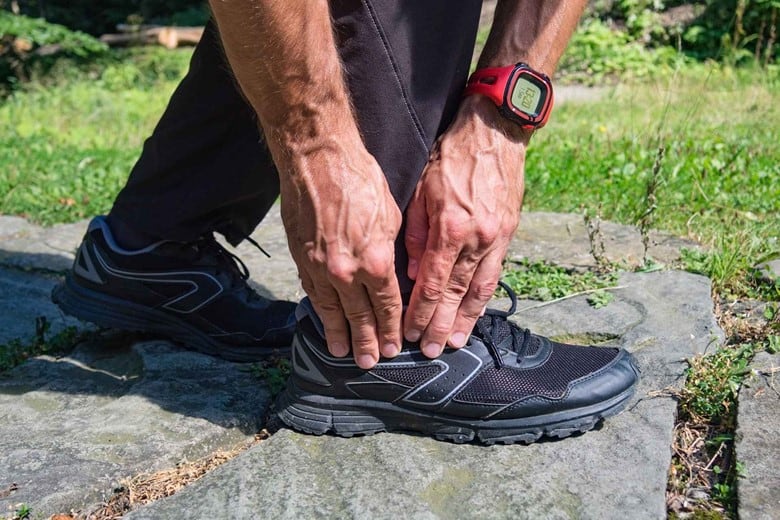
The reason is that your shoes and socks are ill-fitting, which means they are either too loose or too tight, which is rubbing against your feet’ skin for a long period of time.

The other main cause is sweaty or wet feet, which cause blisters to form during the hike.
Is there any method to prevent this condition before it arises?
Yes. Do the following things:
i) Use good socks
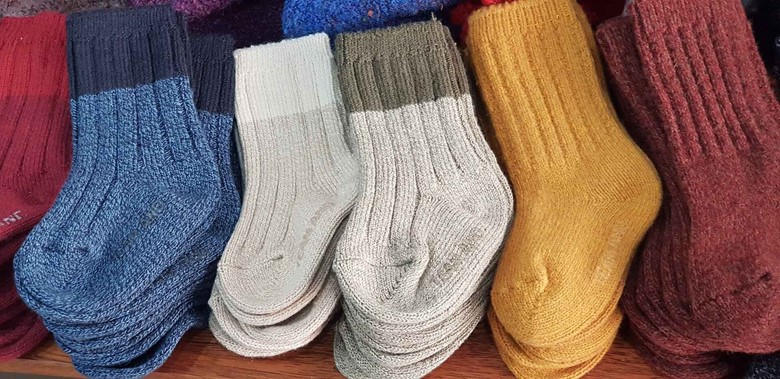
As you know, sweaty or wet socks are the cause of blister formation, so buy and wear good-quality socks that can allow your feet to breathe, stay dry, and also ensure that your sock doesn’t slip up and down during hiking.
ii) Wear comfortable shoes or boots

Buy and wear those shoes or boots that are fit to your feet; there is just a little wiggle for your toes, and your heel fits snugly so it won’t lift up while you are walking during hiking. However, they should not be too tight, and if the wiggle is just equal to that, you can wear another sock.
iii) Keep your feet dry
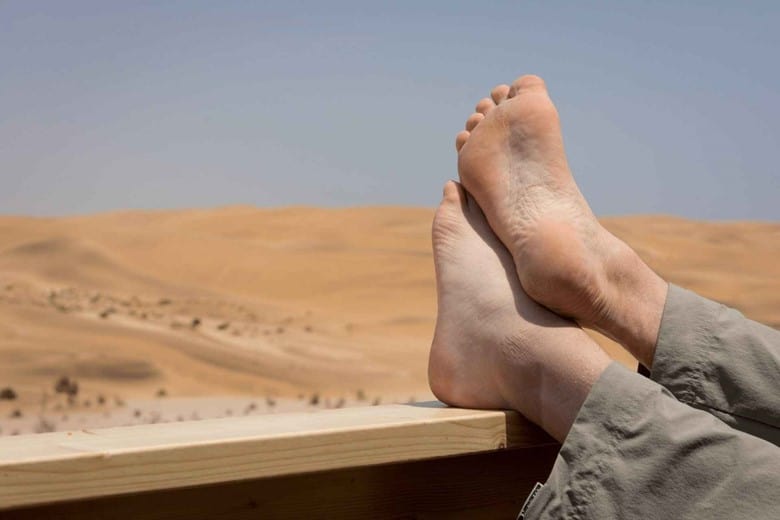
Sweating during hiking can cause blisters, but good socks or footwear can help you absorb them. If you are soaked in water for fun or due to rain, keep extra pairs of socks to change them.
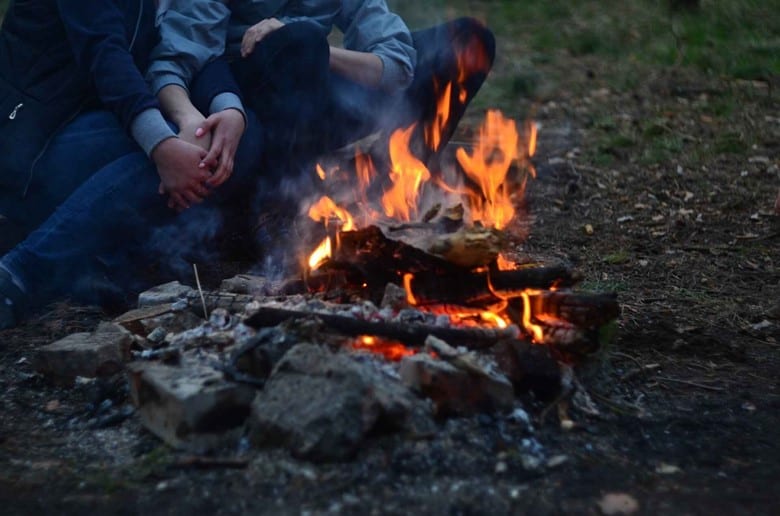
Night campfire can also help to dry boots and shoes.
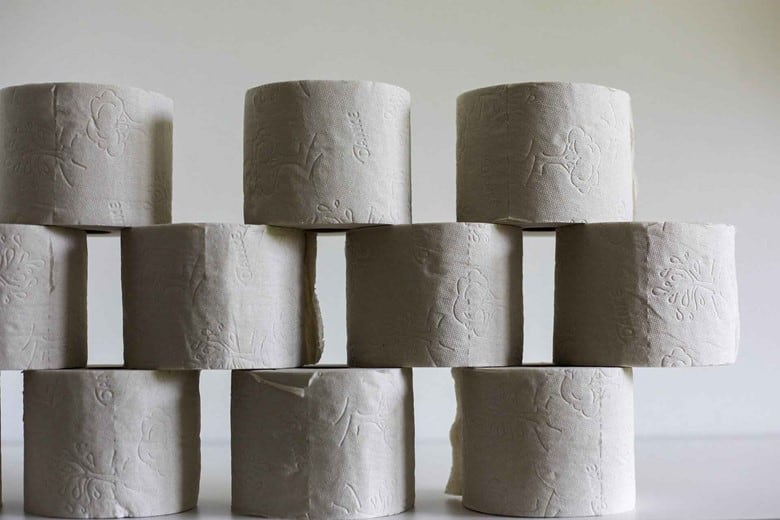
Also, keep paper or tissue paper that is very light in weight which can help a lot during emergency drying.
But if I get blisters, then what can I do?
If the blister is small and you don’t feel pain, then leave it, but care is necessary so that it doesn’t get bigger. and if it is large and problematic during hiking then do the following steps and use the tools from your first aid kit.
Wash the blister.
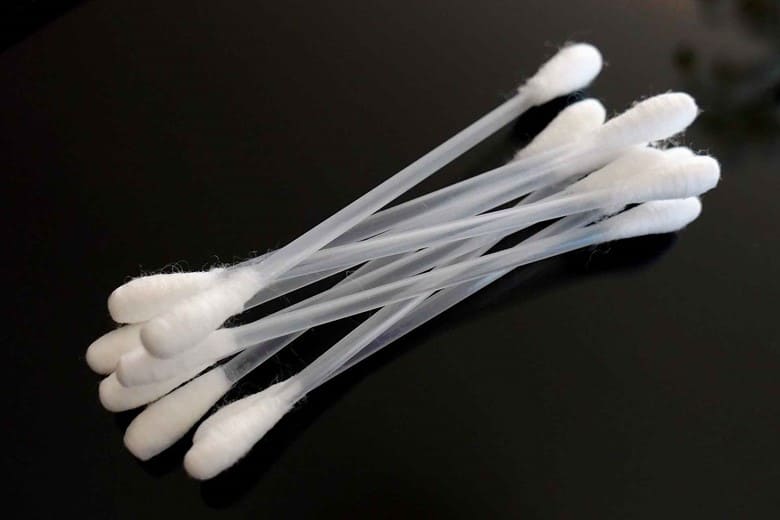
- Then swab the blister with iodine or rubbing alcohol.
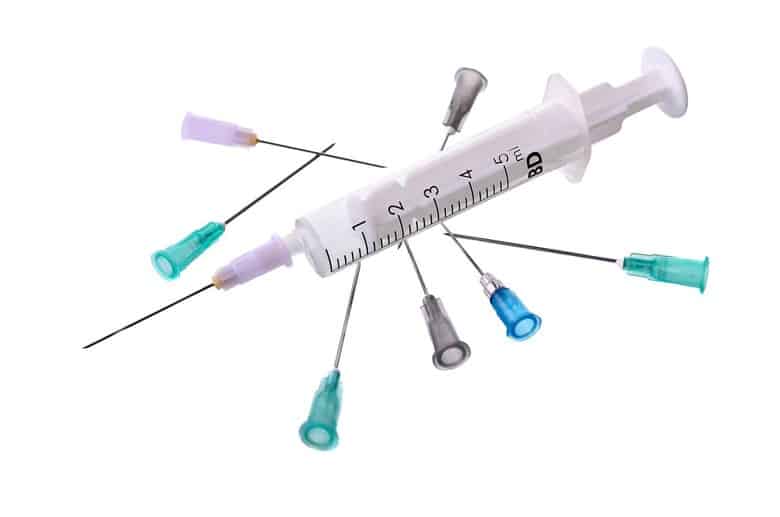
- Take a sterilized and clean needle, if you have an old one then wash it with alcohol.
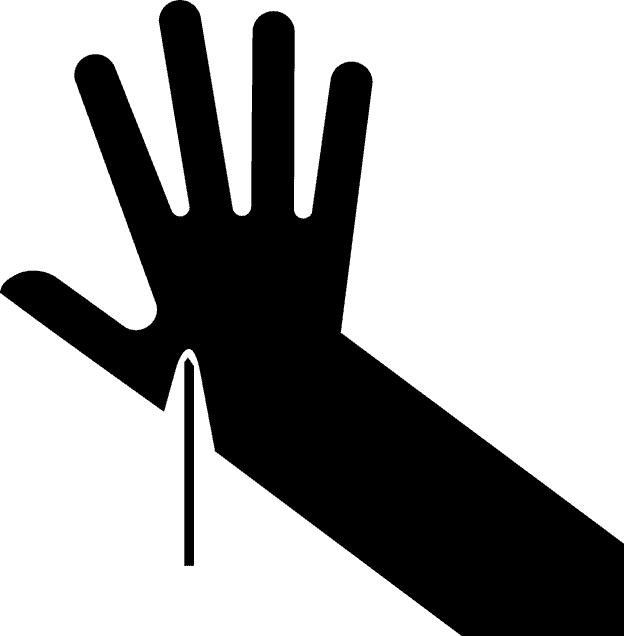
- Puncture the blister at the edge with a needle and let the fluid drain.
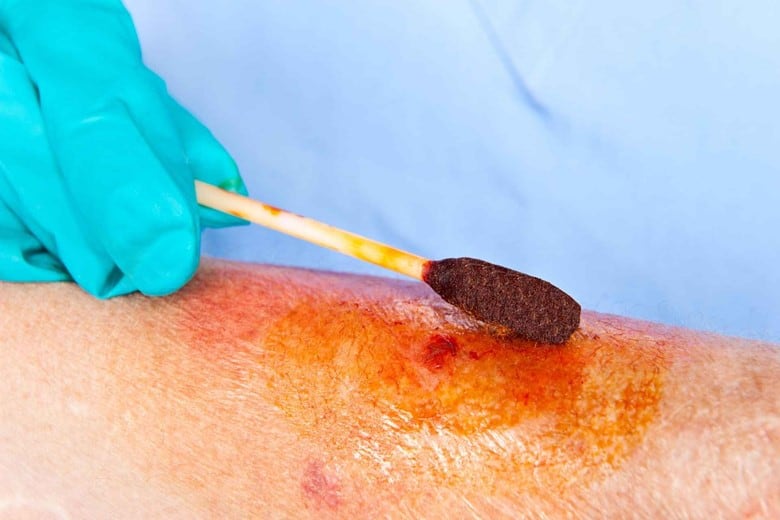
- Use a swab to clean the drainage.
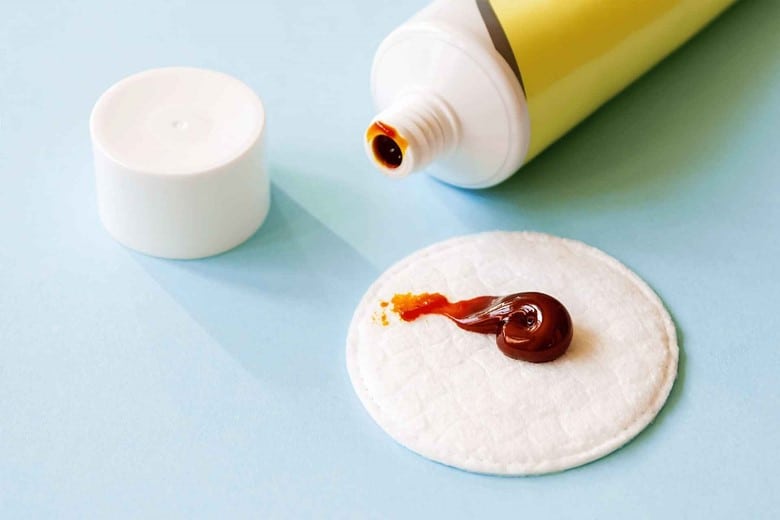
Then put an ointment on the wound.
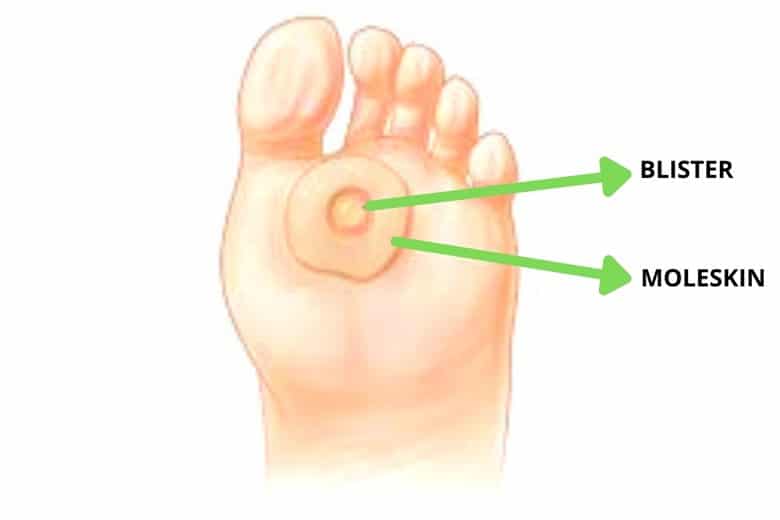
- Make donut-shaped moleskin because donut-shaped moleskin works great to prevent pressure on the wound.

- And cover a bandage around the wound and donut-shaped moleskin.
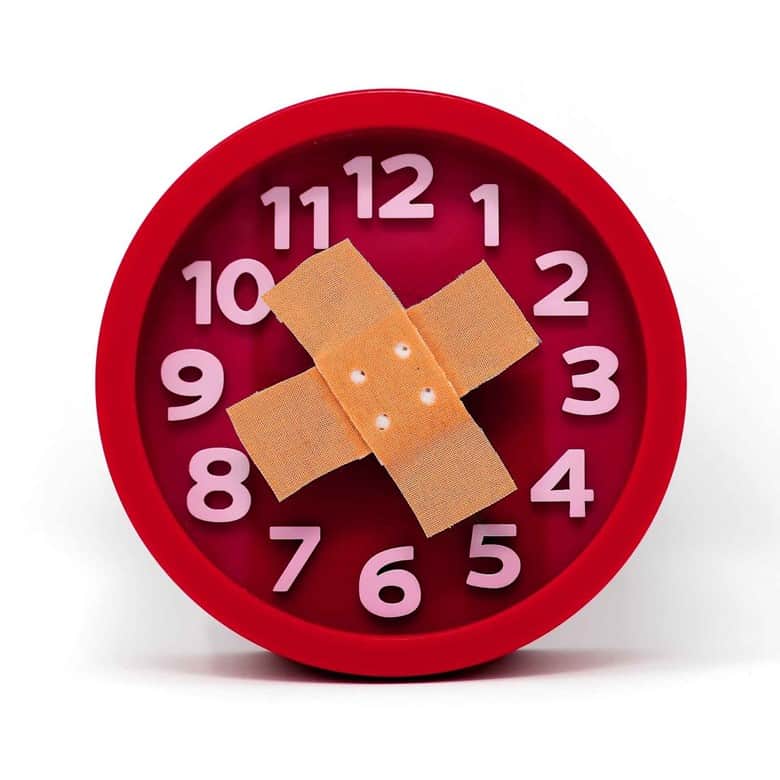
- Care for the wound every day and after healing cut the extra blistered skin through a sterilized tweezer or scissor.
2. Sprain:
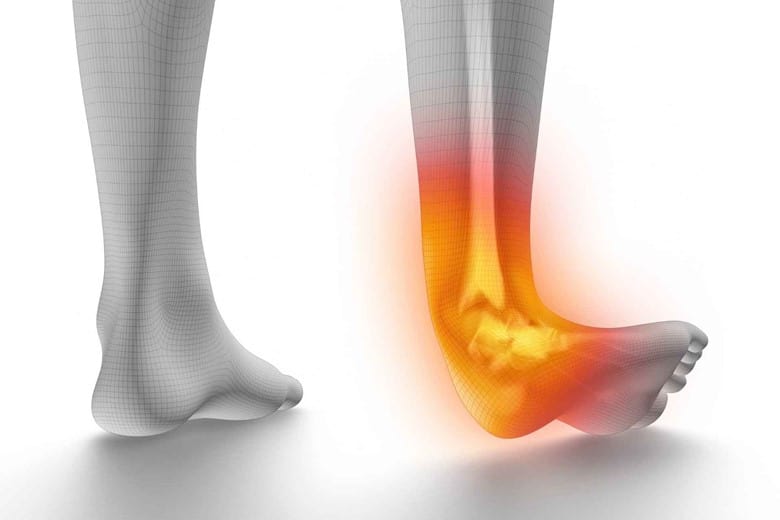
A Sprain is also known as a ligament tear which is the tearing or stretching of ligaments.
What is a ligament?
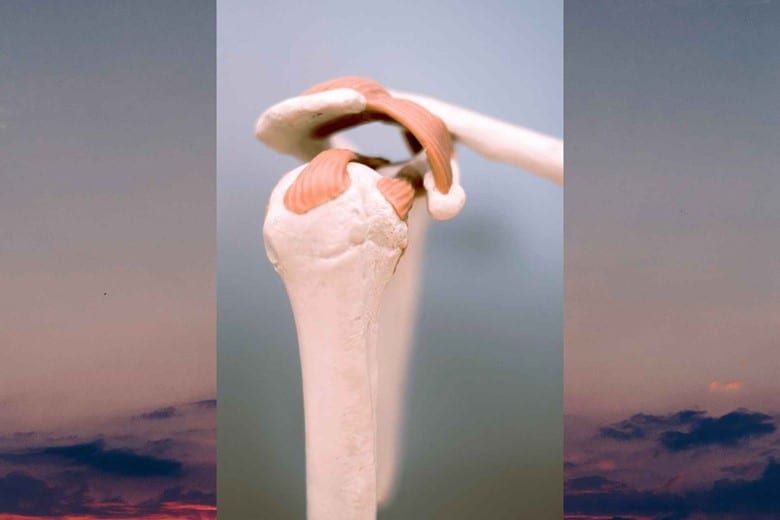
A ligament is a fibrous connective tissue that connects bone to other bones.
That’s nice I got the meaning.
And why would someone get a sprain?
When the joint is abruptly forced and stressed beyond its range then a sprain occurs. For example, when someone is hiking and their ankle just twists due to the wrong footstep, the fibers between bones are stretched and torn.
What are the symptoms so that one can confirm the sprain?
Symptoms are listed as follows.
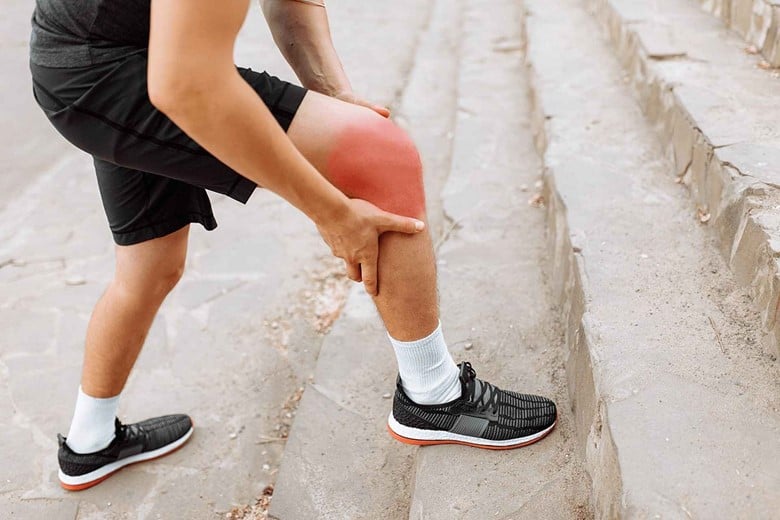
- Pain.
- Swelling.
- Bruising (localized interstitial bleeding or hematoma of tissue (discoloration)).
- Difficulty with bearing the weight.
- Joint instability.
- The decreased functional ability or the ability to move in the injured joint.
How can I treat a sprain if I get it?
There are some pre-treatment and post-treatment.
Pre-treatment:
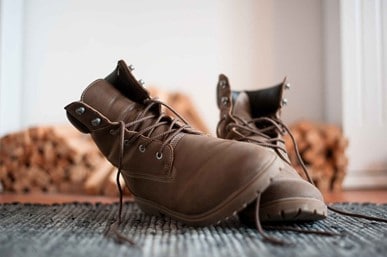
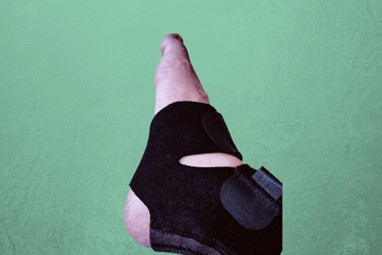
Wear good hiking boots with strong ankle support and take care while taking steps on an uneven path.
Post-treatment:
The acronym RICE (Rest, Ice, Compression, Elevation)should be remembered and followed.
i) Rest
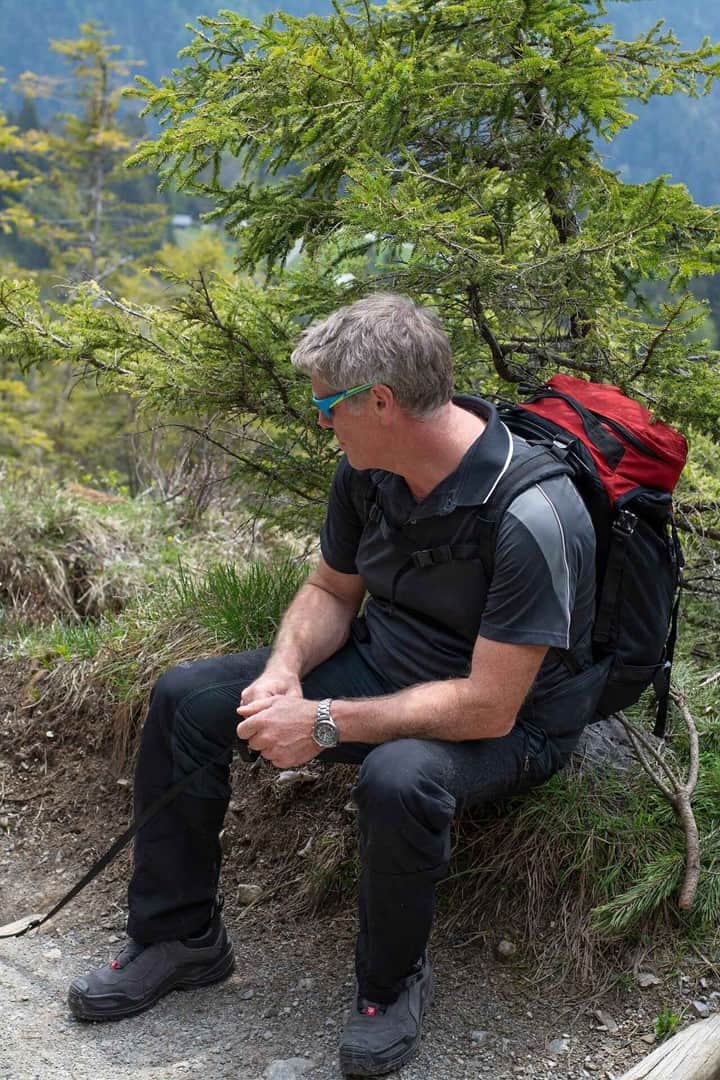
The injured site should be immobilized and protected and the weight bear should be minimized i.e. stoppage of movement for some time.
ii) Ice
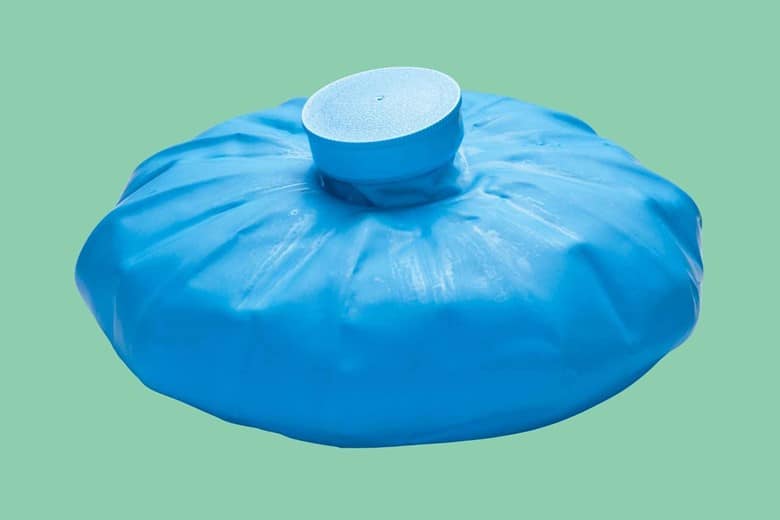
Icing should not be more than 20 minutes to reduce swelling and pain. But recent studies show that icing delays the healing process because if you ice the injury for a long time it constricts the blood vessels resulting in slow blood flow which results in tissue death and even permanent nerve death.
Then why does it swell?
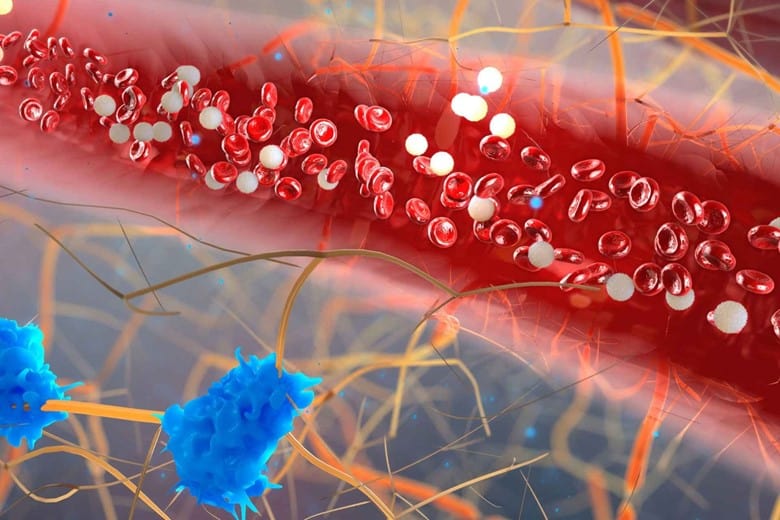
Swelling (inflammation) is not a big problem because it is an immune response. The immune system releases inflammatory cells called macrophages to the injured site where it releases IGF-1 helping and repairing the injury.
iii) Compression

Take an elastic bandage from your hiking first aid kit and apply it to the sprained area, you can tie an extra shirt too if you are out of bandages, but the bandage should not be too much tight to reduce blood flow. The tightness if necessary should be in the distal end of the heart so that blood reaches to extremities.
iv) Elevation
Elevation means raising the sprained site e.g. ankle from the patient heart level so that the flow decreases and reduces the swelling.
3. Sunburn:

A sunburn is a form of radiation burn that affects the living tissue of the body such as the skin due to overexposure to ultraviolet rays of the sun that makes the skin red or reddish, hot to the touch, or painful, general fatigue, and mild dizziness.
How can I treat sunburn while hiking?
Pre-treatment:
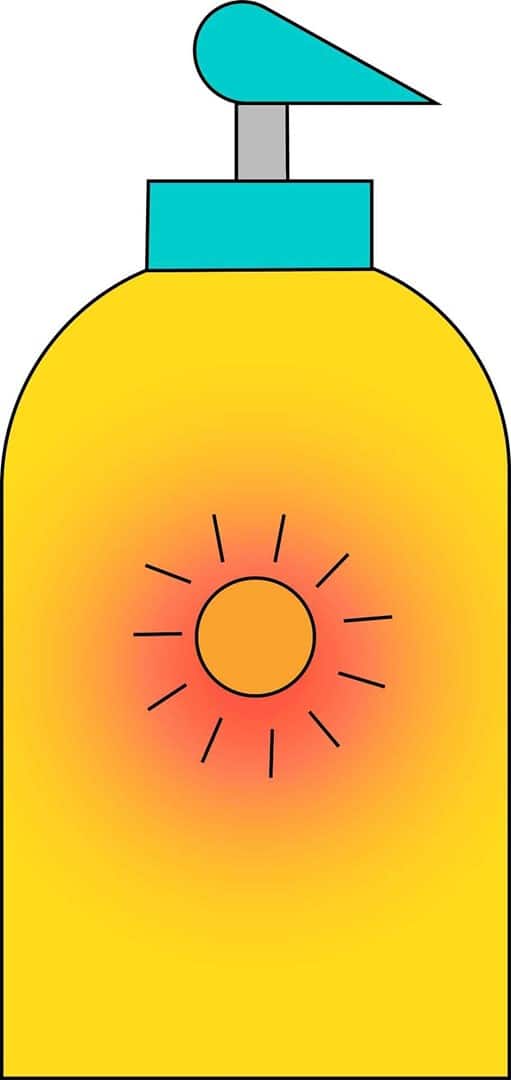
As sunburn is common during the summer season so the use of the best sunblock can save you from sunburn. Also, using a hat or cap in the summer can protect you from sun rays.
Okay, but can anybody get a sunburn during the winter season?
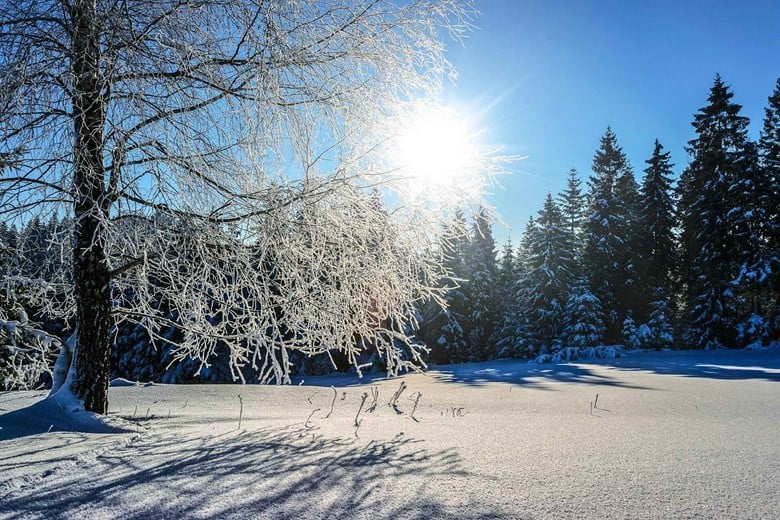
Yes, it is possible to get a sunburn during the winter season if someone is at a high elevation or near snow because, at a high altitude of 9000 to 10000 feet, the UV radiation of the sun maybe 35 to 40 percent stronger than at sea level. And if you are near to the snow then the snow reflects the sun’s rays which double the amount of sun exposure received. So it is good to use sunscreen or sunblock during the winter season according to conditions.
Post-treatment:
But now you get sunburned during hiking then you should follow the following actions.
i) Take a cool bath
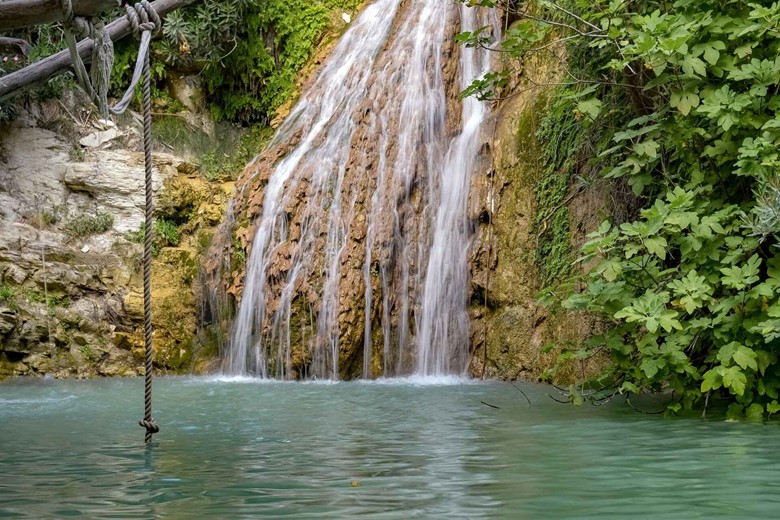
As you are out of the shower during hiking so just take a bath or put water on your body without the use of soap because soap may irritate your skin and wait to dry but not fully dry. Leave some water on the body and then apply a moisturizer that can trap the water in your skin. This can help ease the dryness.
ii) Use aloe vera or moisturizer that contains aloe vera
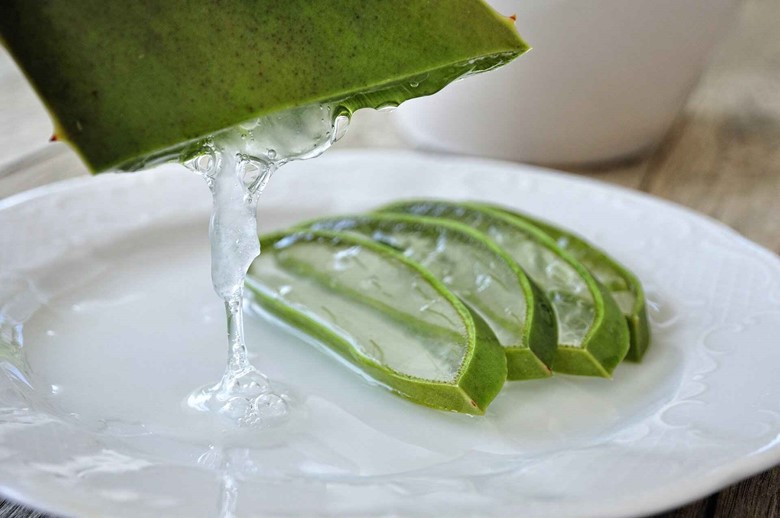
If you are lucky and find the aloe vera plant just cut their leave and use the jelly-like substance in their middle on your skin that will cool and soothe the sunburned skin.
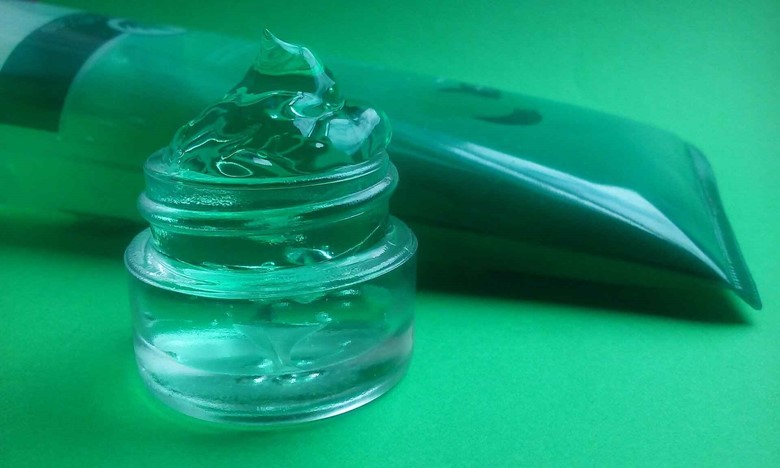
But if you don’t find it then you should pack it in your backpack because there are a lot of commercially prepared aloe vera gel that is used for sunburned skin.
iii) Take anti-inflammatory drugs
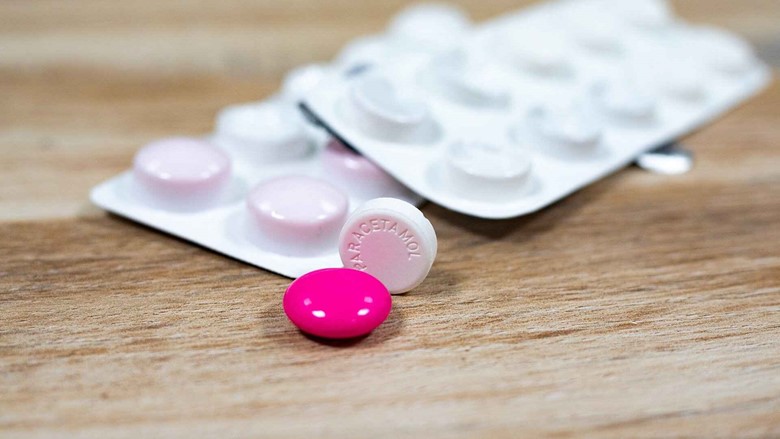
Take nonsteroidal anti-inflammatory drugs such as aspirin, ibuprofen, or naproxen to reduce sunburn discomfort, and inflammation.
iv) Drink extra water and liquids
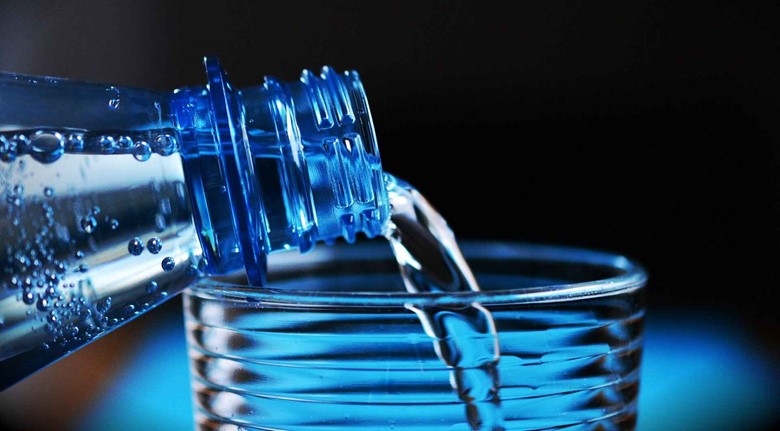
A sunburn draws water from the body so you may have the chance of dehydration.
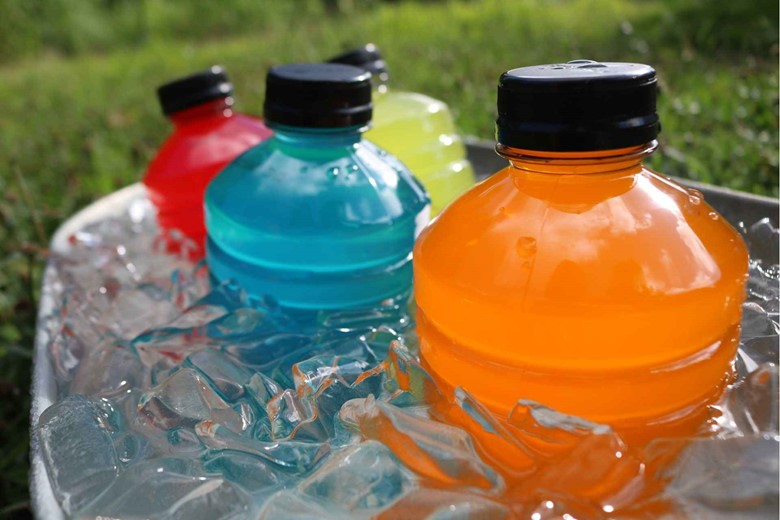
So it is very important to rehydrate yourself by drinking extra water and sports drinks to replenish electrolytes immediately which helps to heal the sunburn.
v) Allow the blisters on sunburned skin
Do not drain or pop the blisters on sunburned skin because it may cause infection as blisters are second-degree sunburn.
vi) Do not ice directly
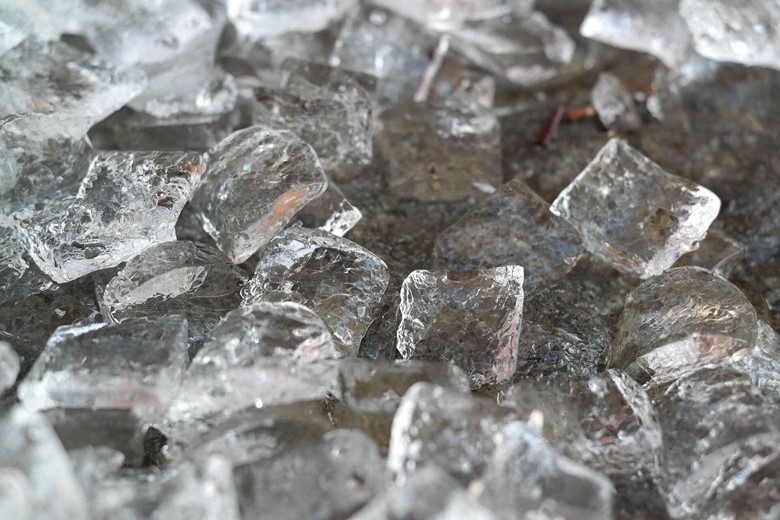
Do not ice the sunburned skin directly as it may slow down the healing process though it is recommended to wrap the ice in a zip baggie or cloth and then apply it.
vii) Use loose clothing
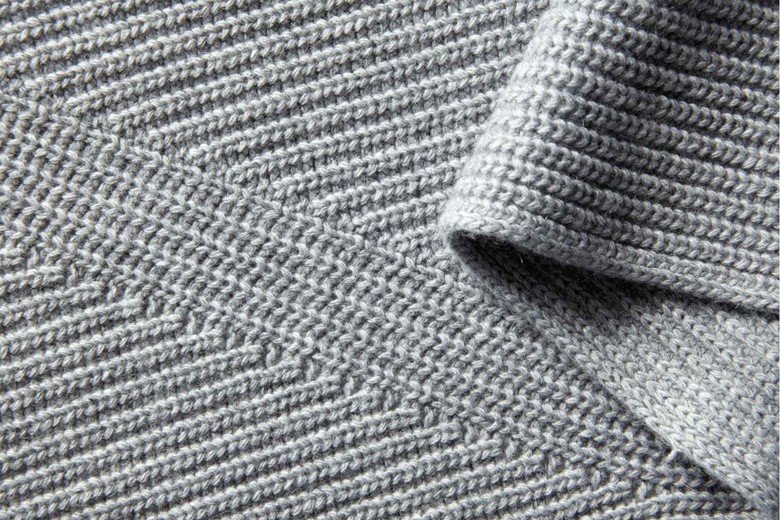
Wear loose clothing to prevent further irritation.
4. Cuts:
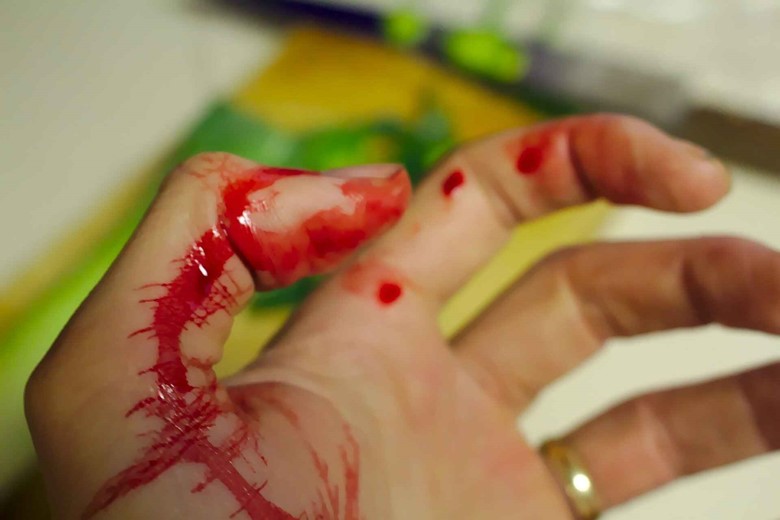
Cuts are the most common injury which may occur at any time and anywhere and it is difficult to prevent.
Is there any prevention method?

Just take care while passing on an uneven path to prevent falling and when passing thick vegetation in order to prevent yourself from cutting branches and brambles.
And if I get any cut then what do I have to do during hiking and limited sources?
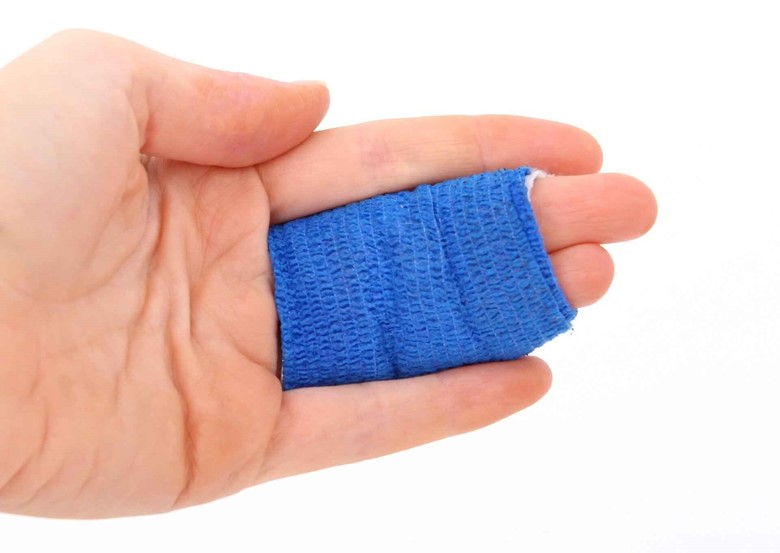
- First of all, stop the bleeding by putting on gauze pads and pressing them.
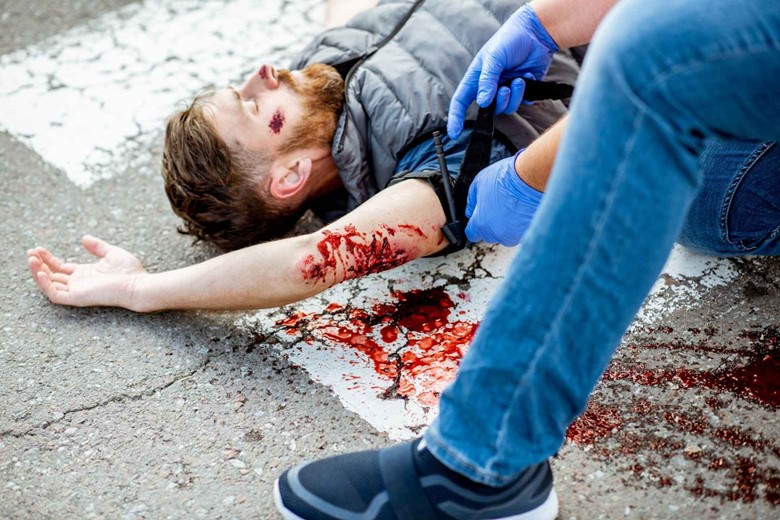
- If the bleeding is high then tie a tourniquet above the wound so that bleeds stop.
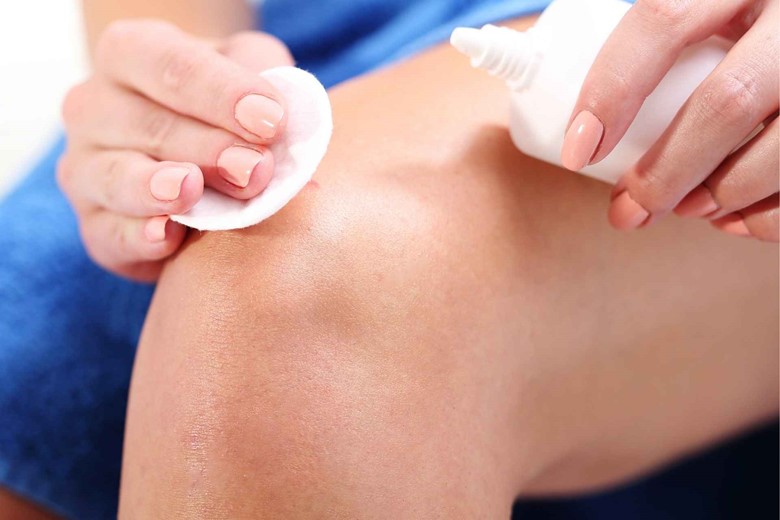
- When the bleeds stop clean the wound with water to flush the grit.
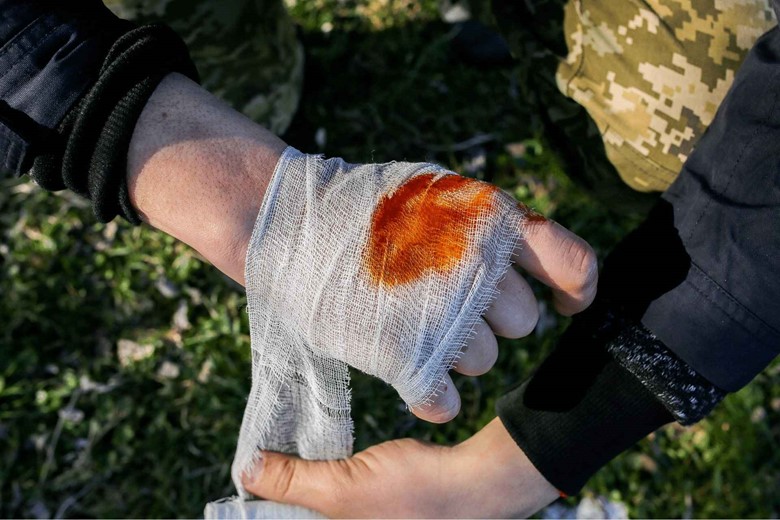
- Then apply an antibiotic from your first aid kit and cover it with a bandage.
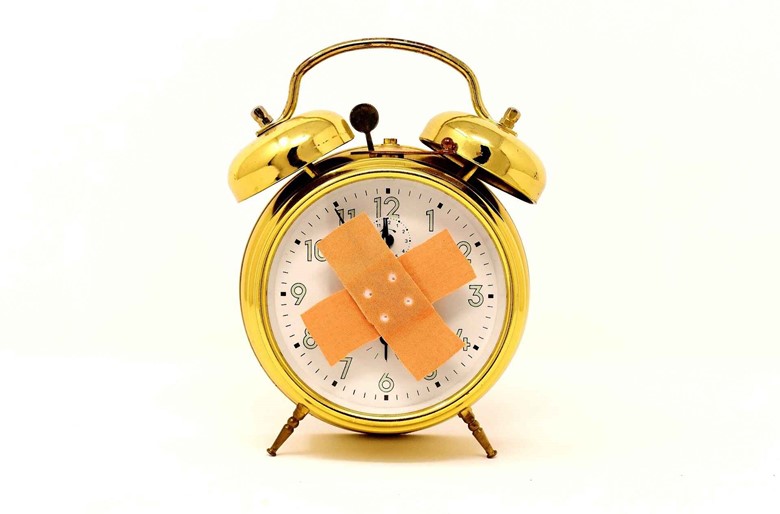
- Change the dressing from time to time until the wound heals.
5. Dehydration:
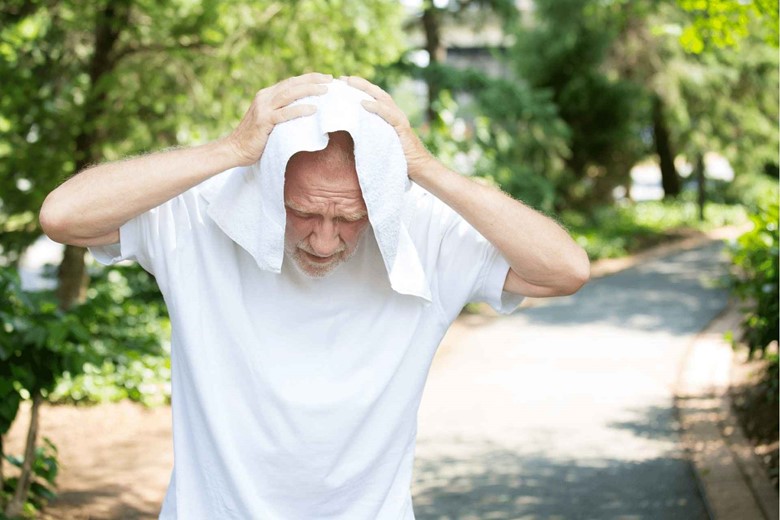
Dehydration is the harmful reduction of water in the body.
How can I find that I have dehydration?
Good question, but you should know that up to 20% of dehydration causes death which is called terminal dehydration. Following are some of the main symptoms of dehydration.
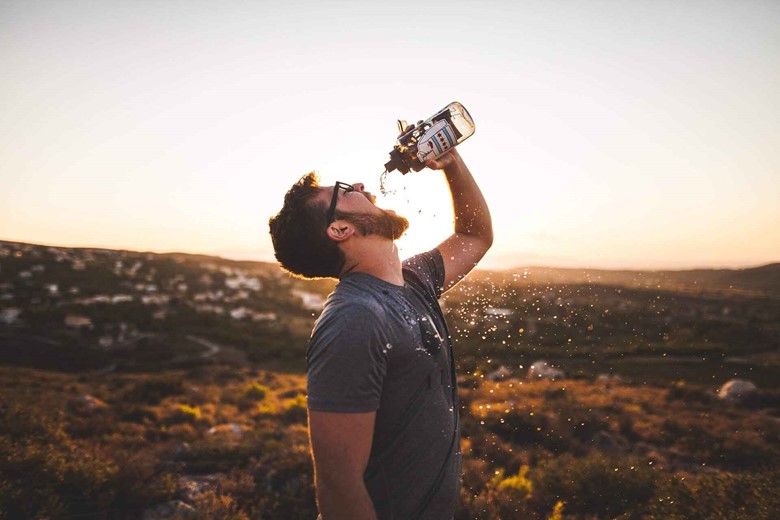
- Increased thirst and dry and sticky mouth.

- Fatigue, lethargy, or lack of energy.

- Dry skin.
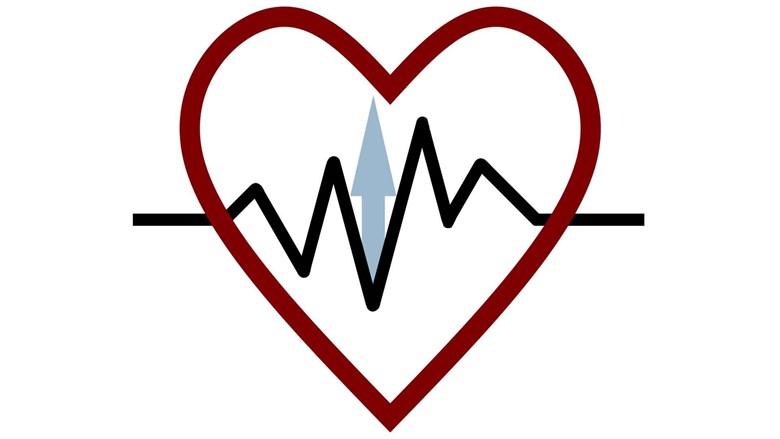
- Increased heartbeat.

- Fainting and dizziness.
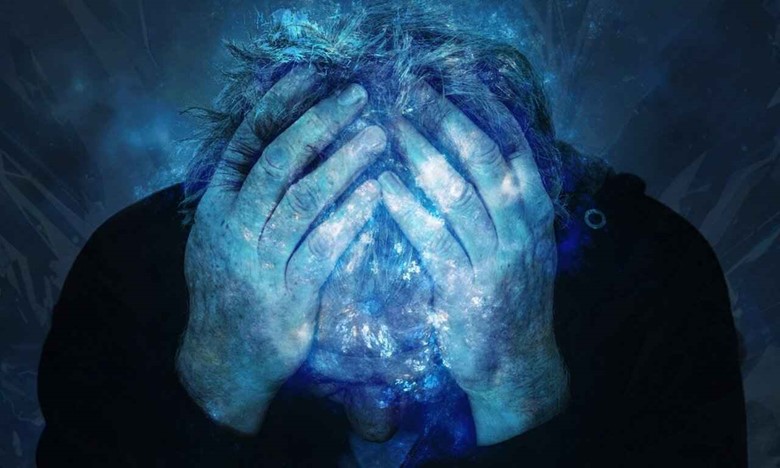
- Headache
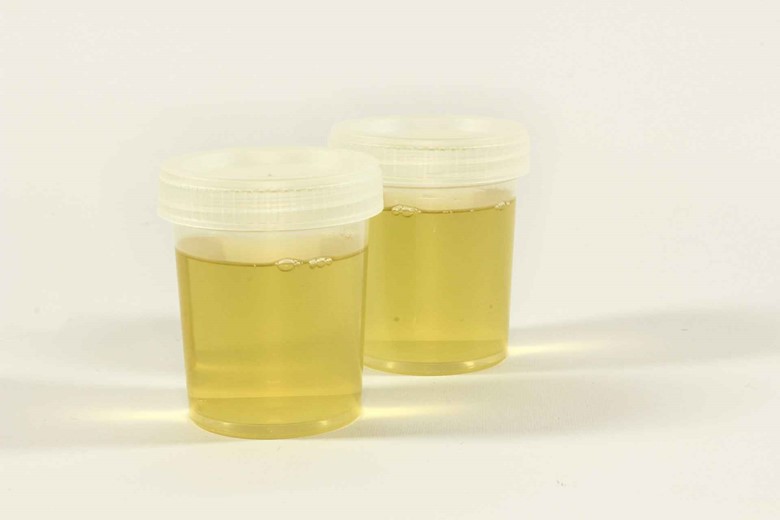
- A much darker shade of yellow urine than normal.
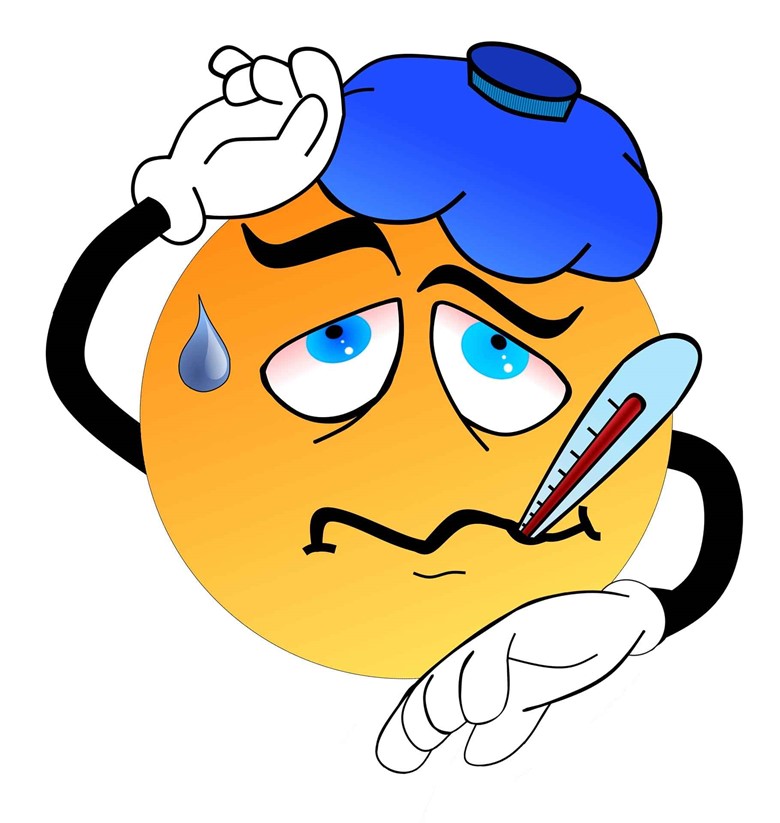
- Fever
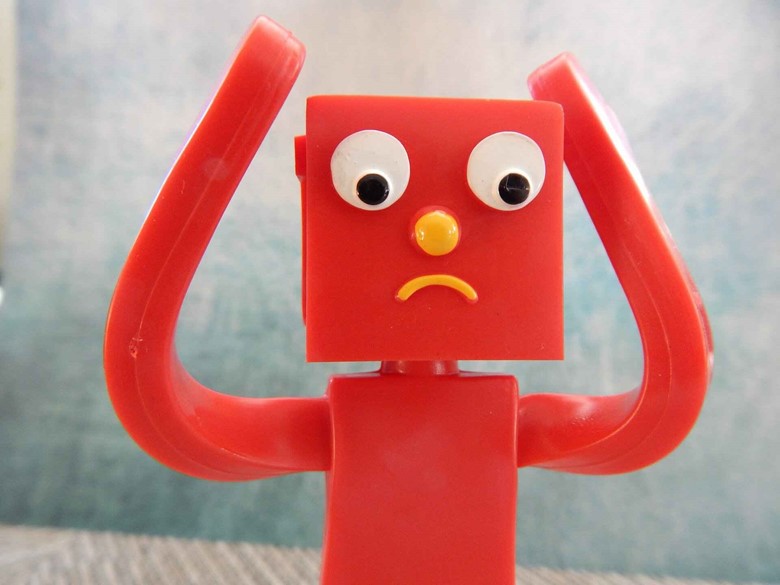
- Confusion or irritability.
Now how to treat this condition if someone gets this?
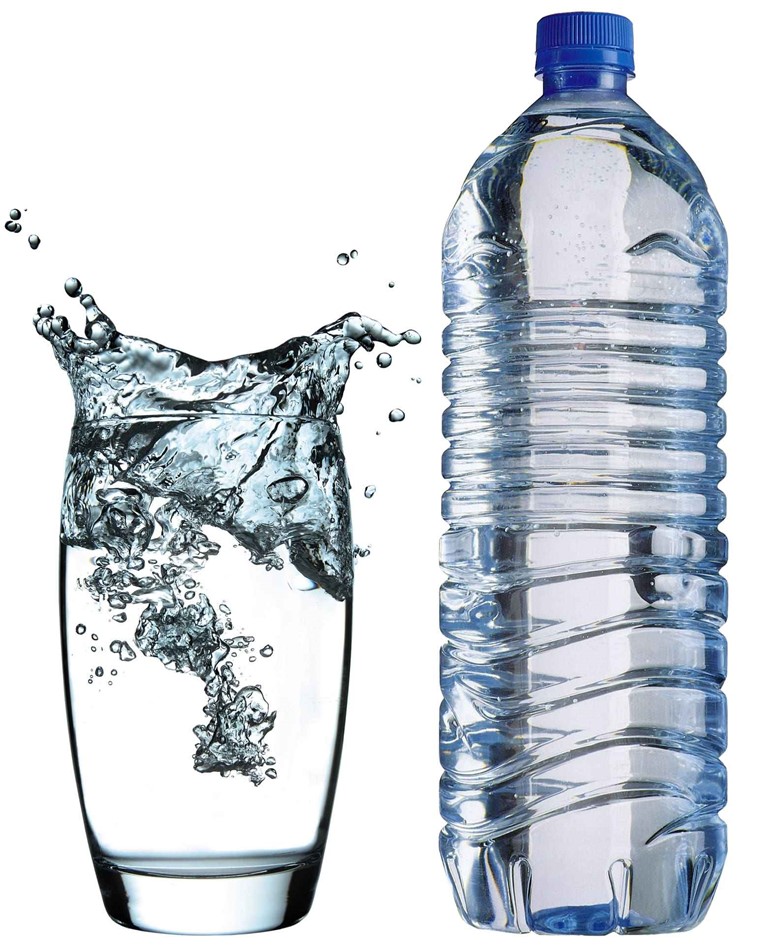
First, as it is water loss so it should be replenished by water consumption.
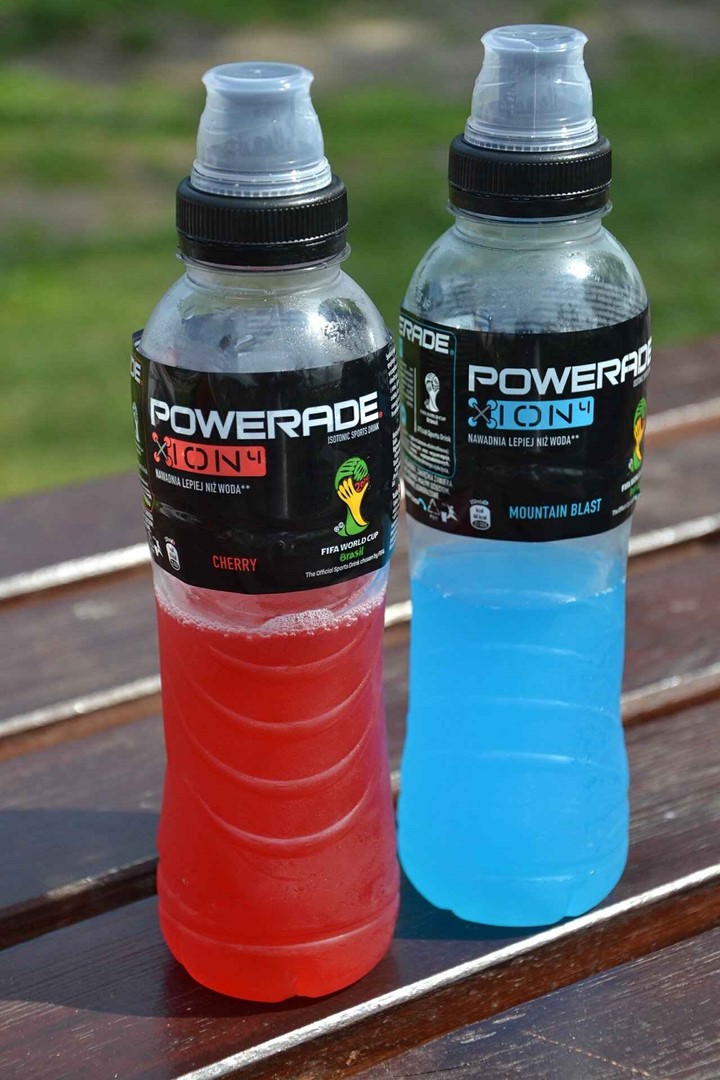
Sports drinks, juices, etc consumption should be increased.
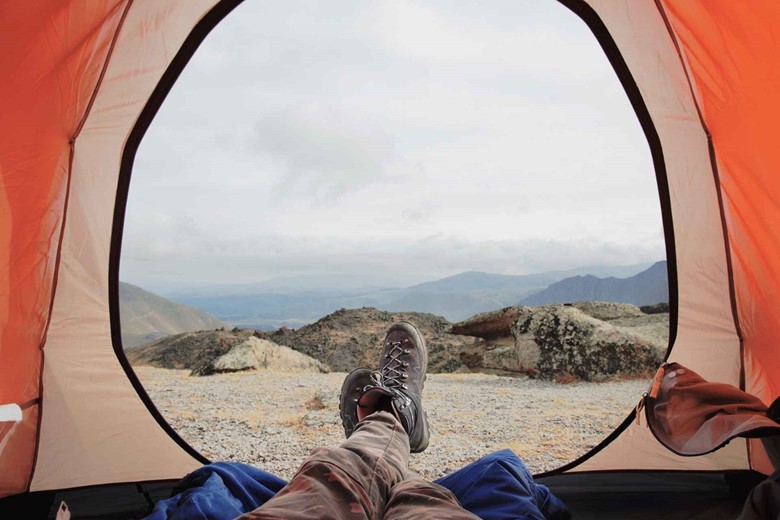
Also hiking during the hot part of the day should be stopped and when you find a symptom of dehydration, then just stop hiking and take a break and give yourself a shade so that the body can absorb that water and juices you have taken.
Is it good if I have no problem taking drinks and hiking after the first symptom of dehydration?
Still, it is not good to hike as already said that breaking in shade will give your body rest and time to absorb the water and juices you took.
Another way to rehydrate is to take rehydration salt like Dioralyte because these salts contain essential electrolytes. So you should pack a solution like this in your first aid kit. And much easier way to make this is to add salt sachets to the first aid kit and then mix them with water and then use them if you have a fear of dehydration.
Why salt is necessary for water?
That is a good question too. Salt absorbs water and retains the water level normally in a cell. So it is necessary to keep the salt level normal so that water remains in the cell.
6. Diarrhea
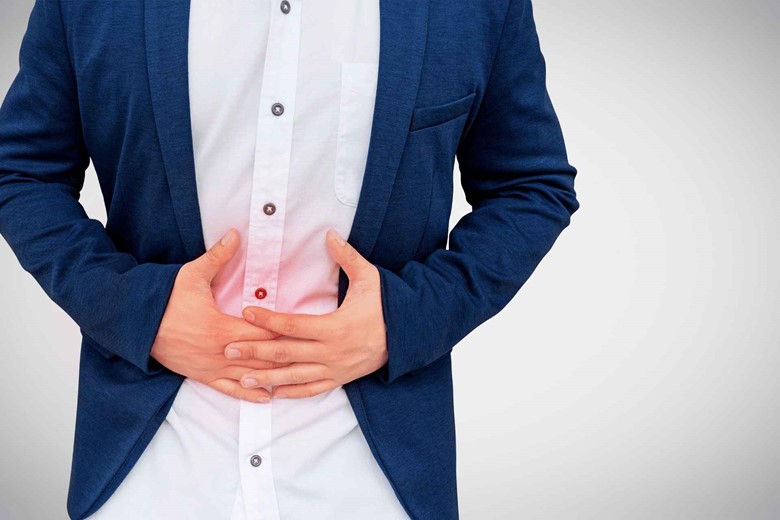
Diarrhea is the watery and frequent stool during a bowel movement. It can lead to death if persists for a longer period because frequent diarrhea loses water from the body.
Why someone will get diarrhea?
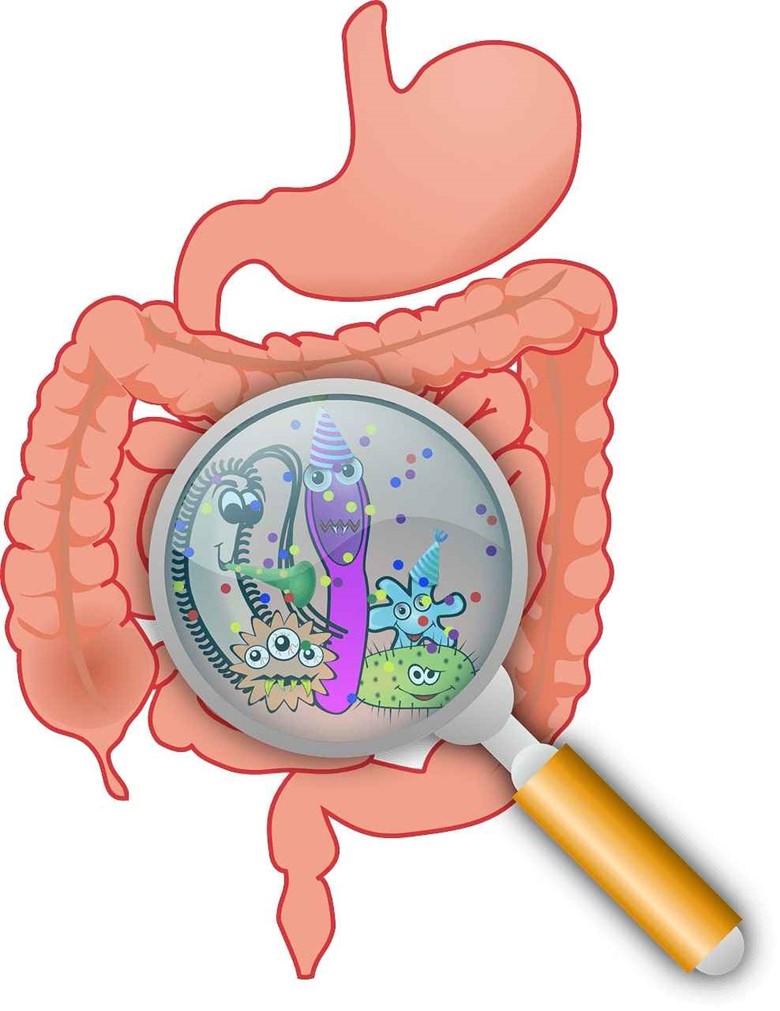
The main cause is eating or ingesting microorganisms (bacteria, viruses, fungi, protozoa) in food or water which is called food poisoning.
How to prevent diarrhea before it suffers someone?
Following are some of the recommendations to prevent diarrhea.
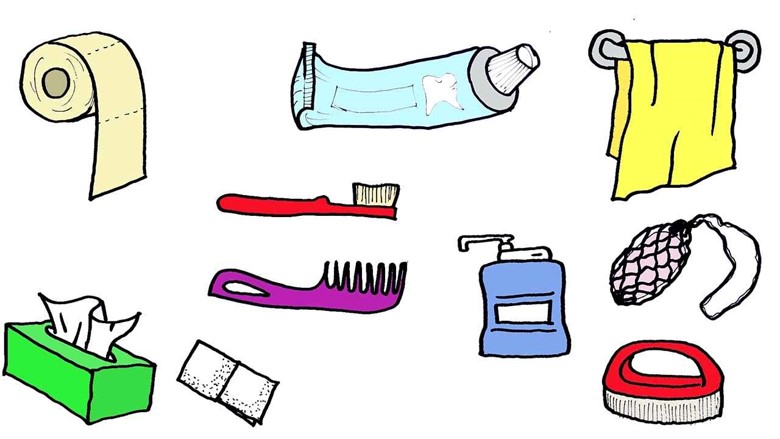
- Personal good hygiene.

- Washing hands with soap after urination and defecation.
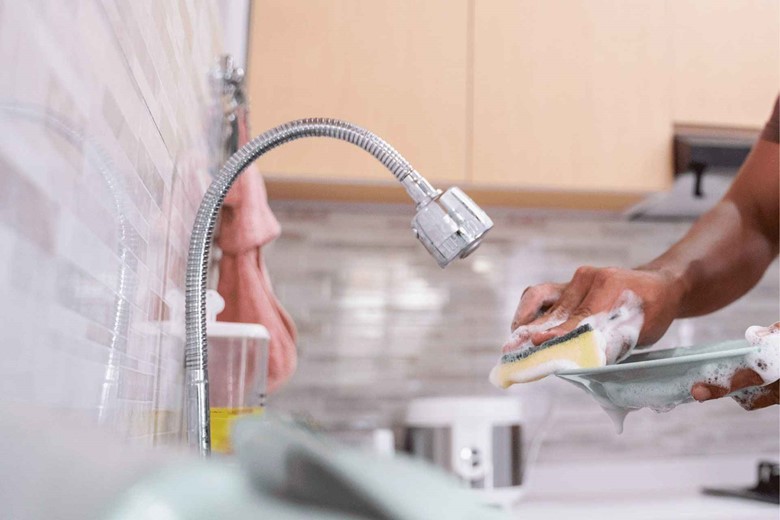
- Washing utensils with soap.
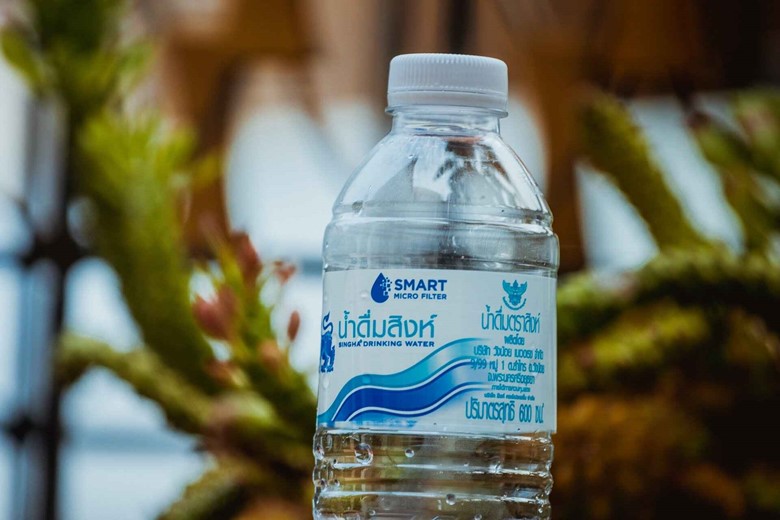
- Drinking filtered/boiled water.
How to treat diarrhea if someone suffers from it?
Okay, if someone gets this there is a checklist that he/she should follow.
i) Rest
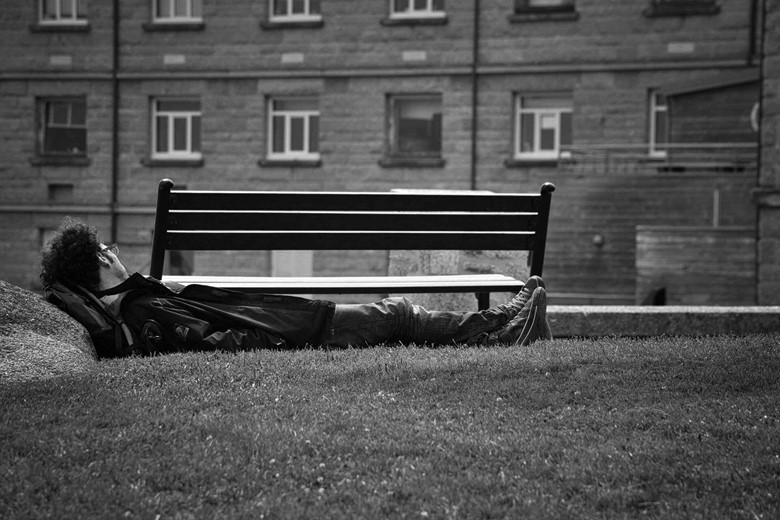
Rest is important because further walking or hiking can damage you more as walking needs more metabolism so it will consume more water which is dangerous for the body.
ii) Drink plenty of drinks
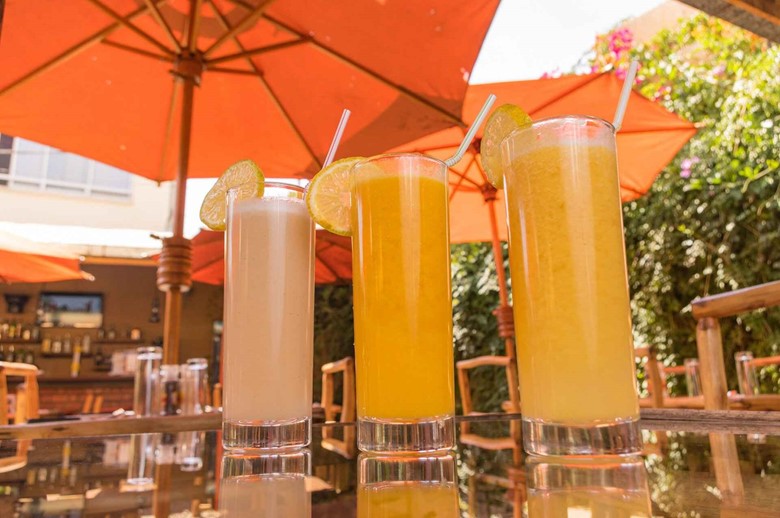
As discussed in rehydration Sports drinks, juices, broth, tea, coffee, etc consumption should be increased so that the level of electrolytes remains normal because diarrhea plays a huge role in water loss.
iii) Eat soluble fiber food
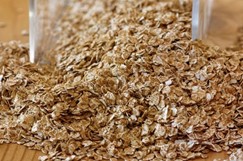
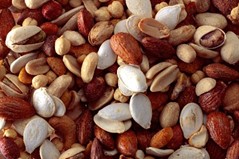
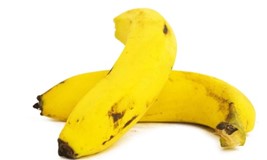
Soluble fibers like oat brans, nuts, seeds, bananas, etc can absorb excess water from the bowel and thus help to form loose stools.
iv) Take medications

Pepto-Bismol is best for diarrhea while hiking, it not only relieves the discomfort but also provides good protection against travelers’ diarrhea. Use these medications if there is no fever and no blood in the stools if these symptoms are present then it is better to contact a doctor before going on a hike.
7. Insect bites

While hiking you need to stay for the night and do other activities like food etc in a jungle or forest so there are great chances of insect bites.
How can we prevent insect bites?
Following are some of the recommendations for preventing insect bites.

- When you are selecting an area for a night or stay just check around for insect swarms and if you find any swarm then immediately retreat and search for a new suitable place.
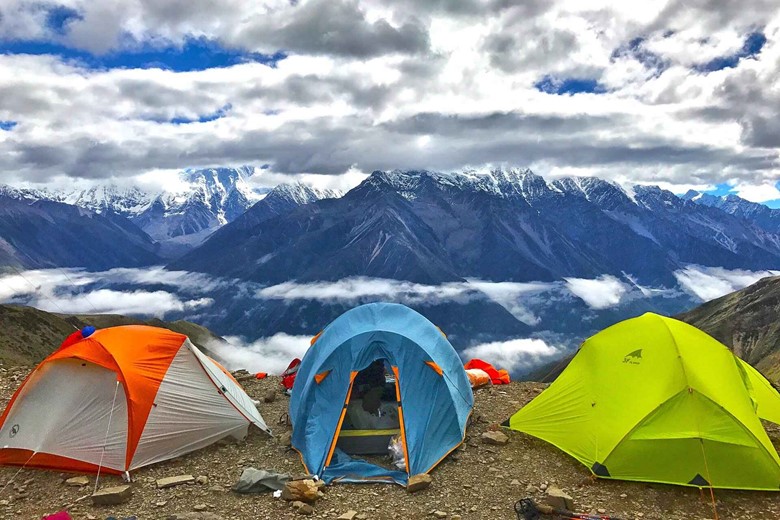
- Select windy cliffs because mosquitos don’t tolerate wind and are easily blown away by the wind.
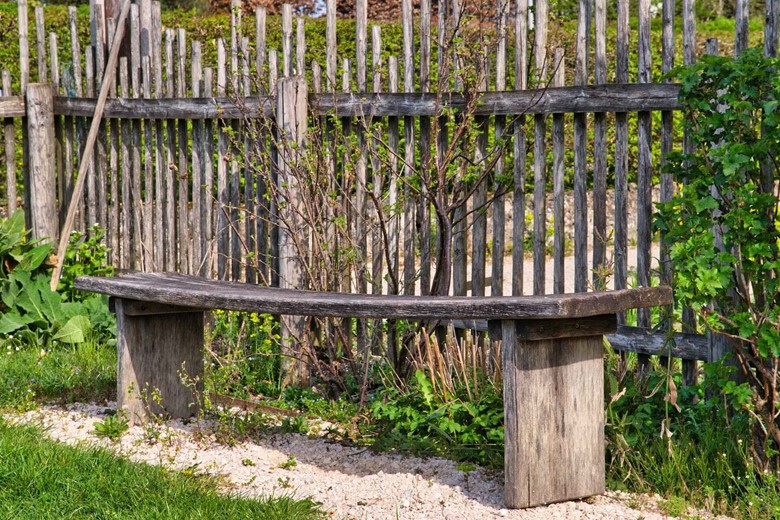
- Make your bed above the ground for sleeping so that you are safe from insects to an extent.
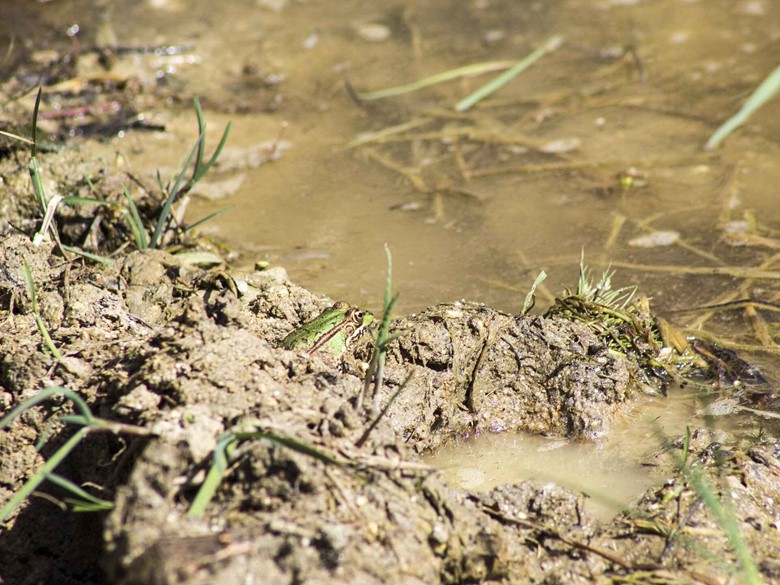
- Make your place away from dirty stagnant water.
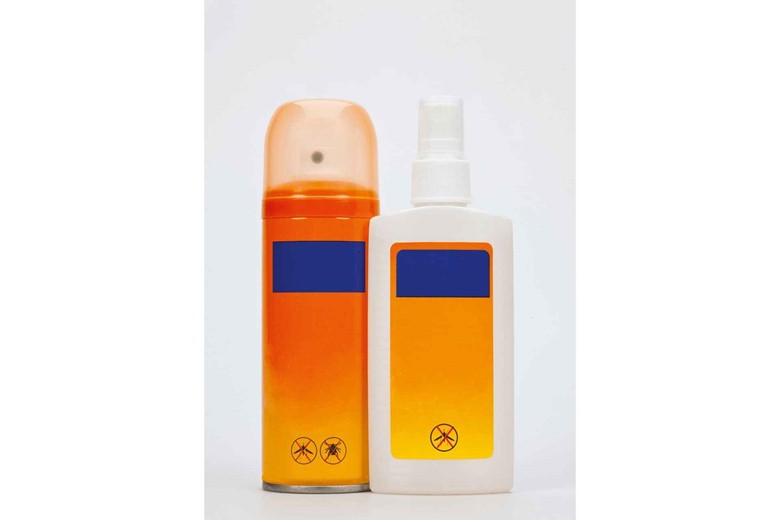
- Insect repellent should be packed in your kit for safety.
How to treat insect bites if someone gets them?
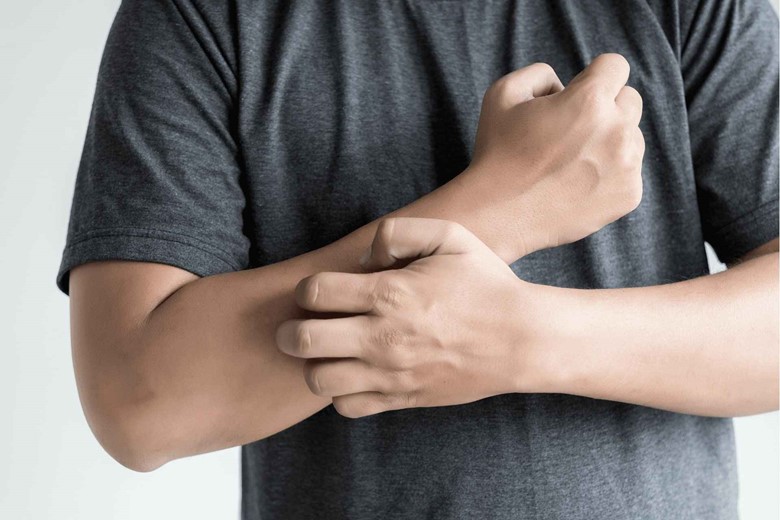
- Avoid scratching as it will further irritate the bite.
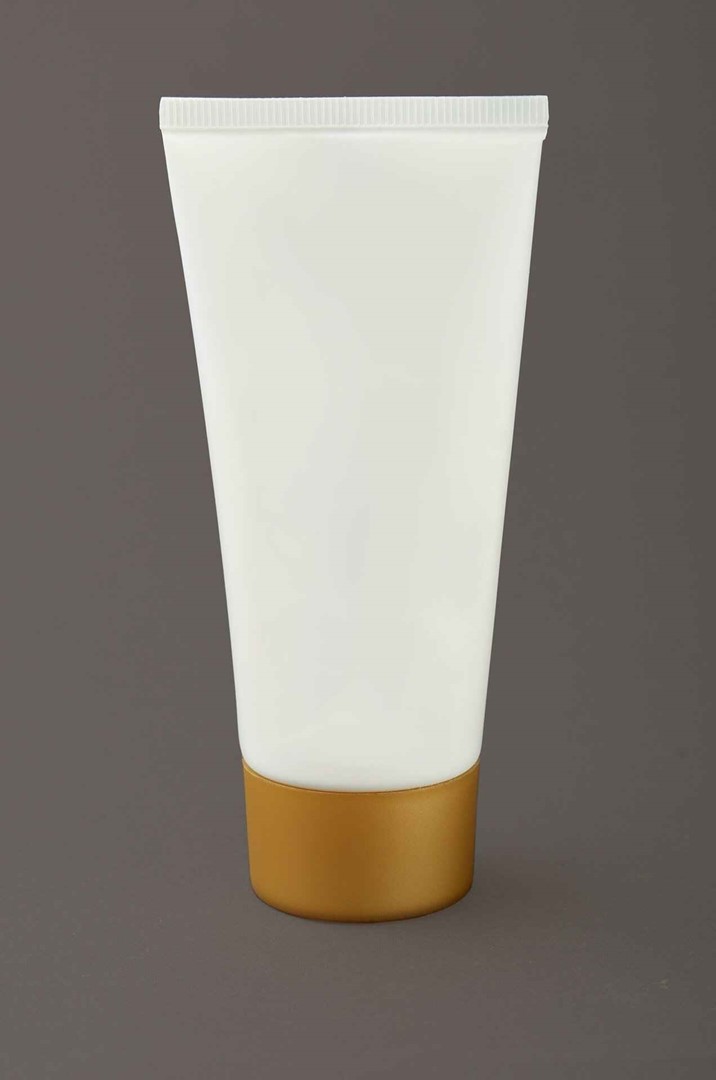
- Apply an after-bite lotion as it will ease the itching.

- Use cold and compressed ice to reduce swelling and itching if ice is available.
One of the main problems is mosquito bites how to prevent this?
The mosquito has a supernatural ability to find people. There are some precautions to prevent mosquito bites.
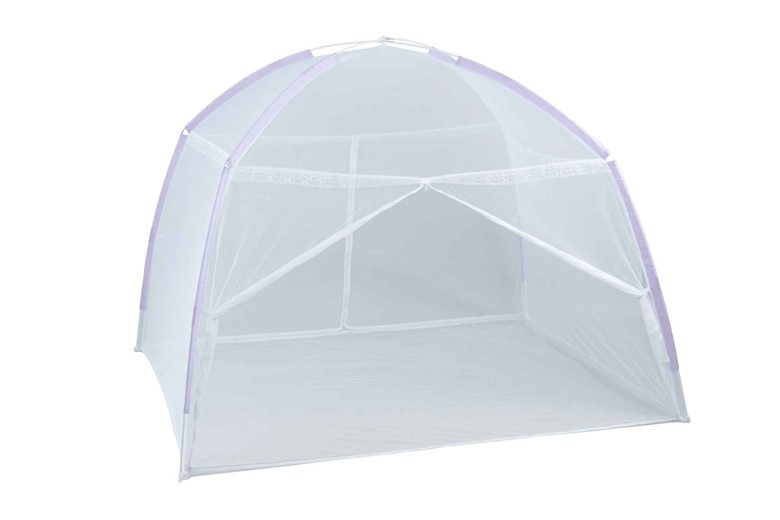
- First of all pack a mosquito net in your backpack because it prevents mosquitoes from entering your bed.
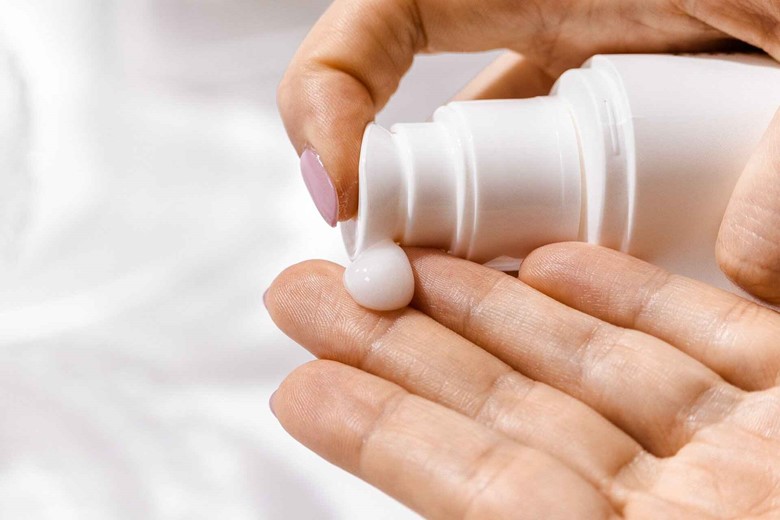
- Apply anti-mosquito bite lotion on the exposed area of your body.
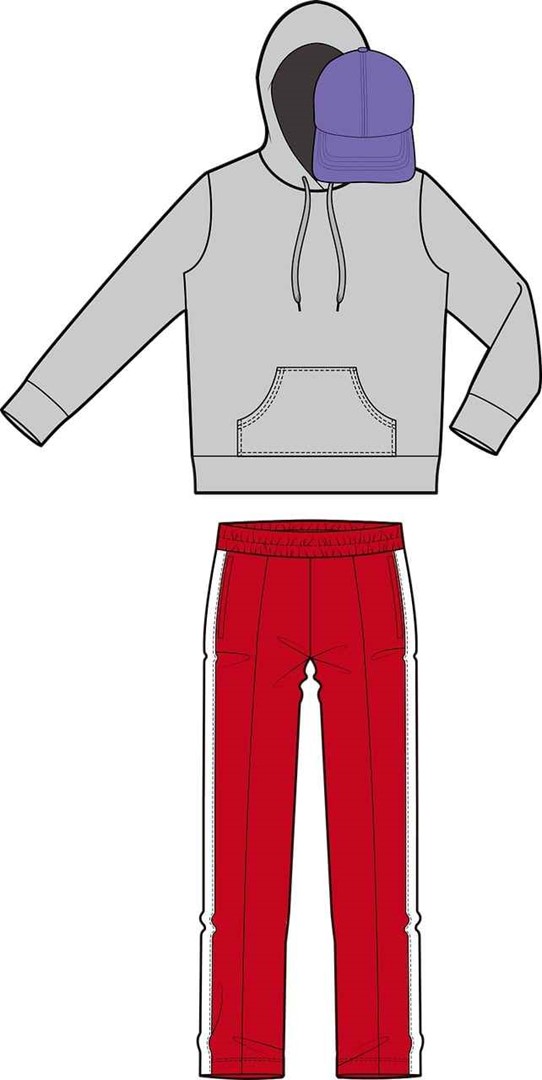
- Wear long sleeves and long pants to fight blood-sucking insects but this clothing should be lightweight so you can still cool in the summer heat.
- Shield your neck and related area by wearing a bandana or kerchief.
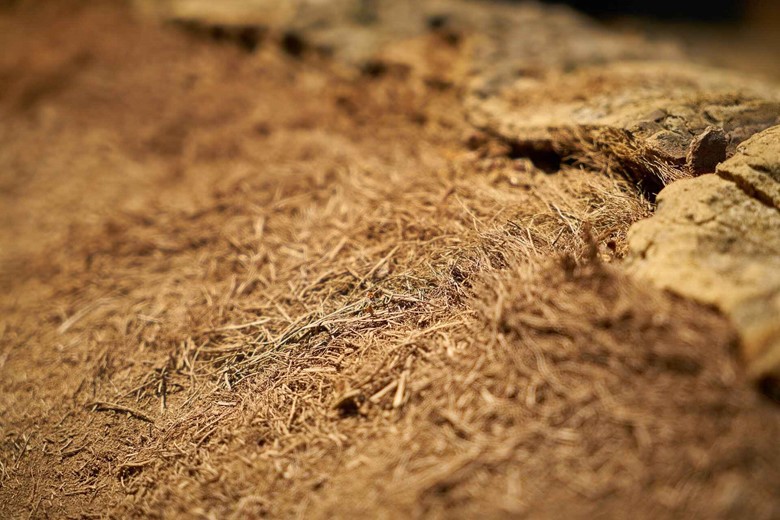
- Use light-colored things from white to yellow and khaki (dull yellowish brown) because it repels the mosquitoes while black color attracts them.

- Stay at wind-swift cliffs because mosquitos are easily blown away by the wind.
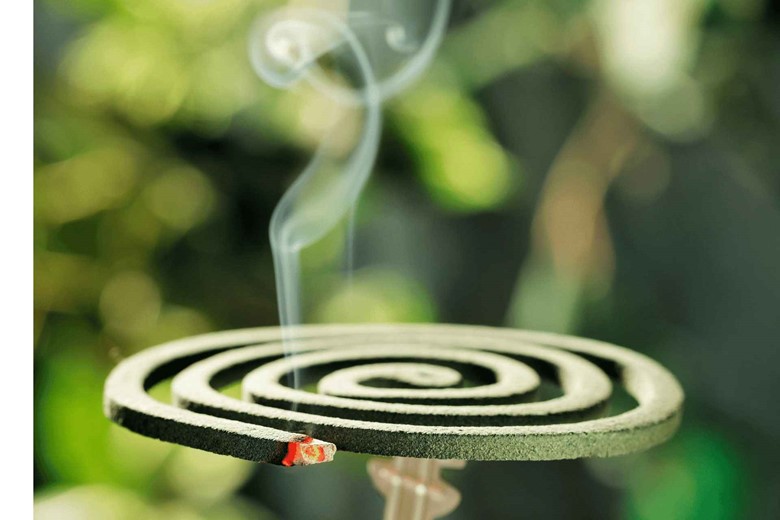
- Mosquitos are non-bearable to smoke so if you think smoke is necessary then you can smoke the area to get rid of mosquitos.
Apart from the above, these are some of the common issues during hiking.
One of the most common issues is how to get filtered and hygienic water while hiking?
There are some methods for the purification of water, you can use any of them which is convenient for you.
i) Boiling
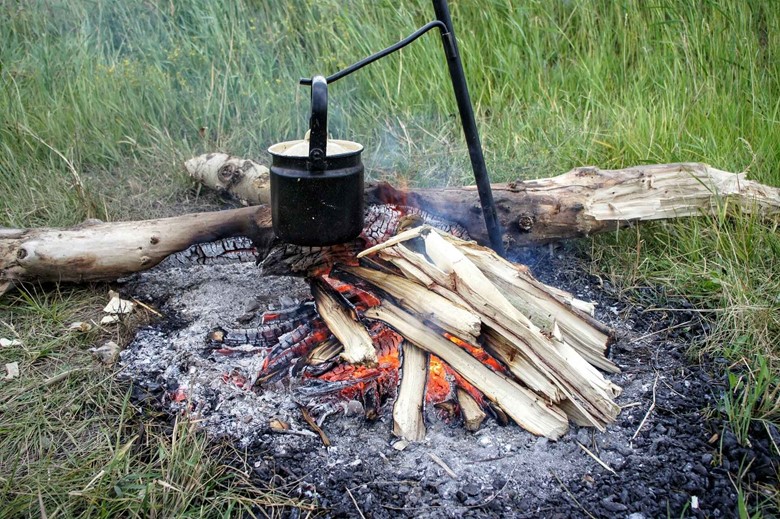
As you have your utensils for cooking so you can boil water in them and then use them for later. It is a low-tech method of all methods discussed here.
Cons:
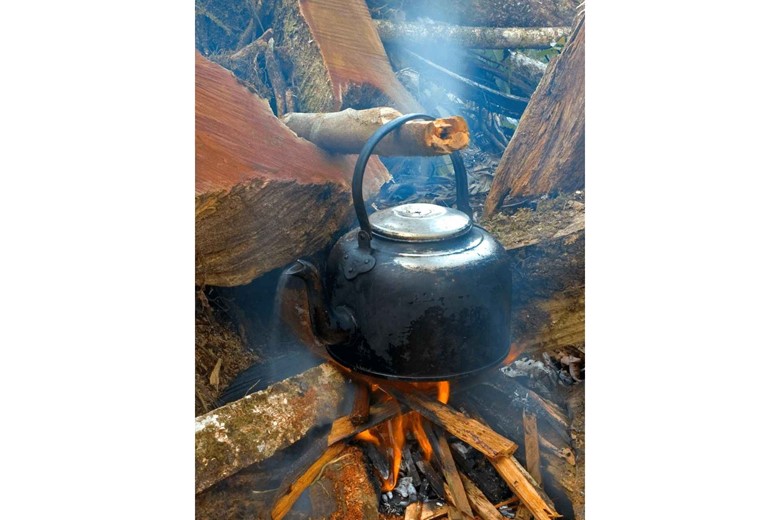
But their drawback is fuel consumption if it is a wood or gas cylinder. Also, it is a slow process because you have to wait for cooling and then you can drink, but one suggestion you can follow here is, to boil sufficient water before it needs it and then repeat it until the existing water finishes.
ii) Chemical treatment
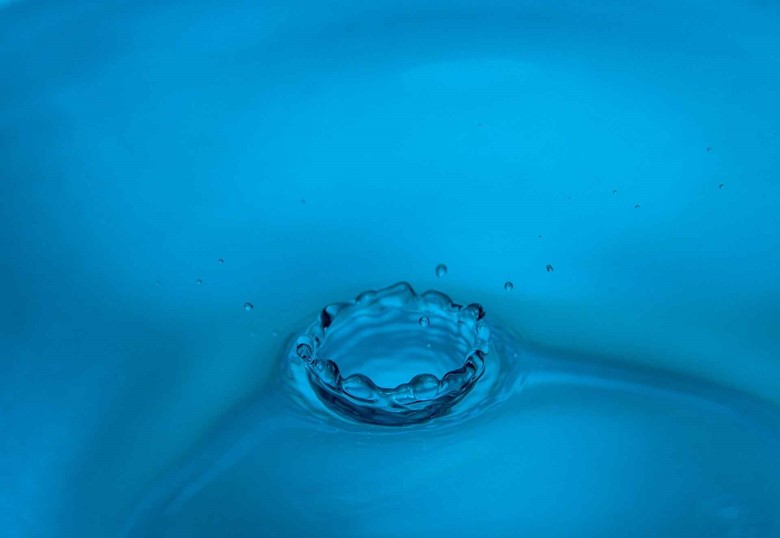
It is considered an old school of thought but still, it is an effective way. In this method, simply put a tablet or drop into a water container and shake it for some time until it kills all the pathogens.
Drawbacks:
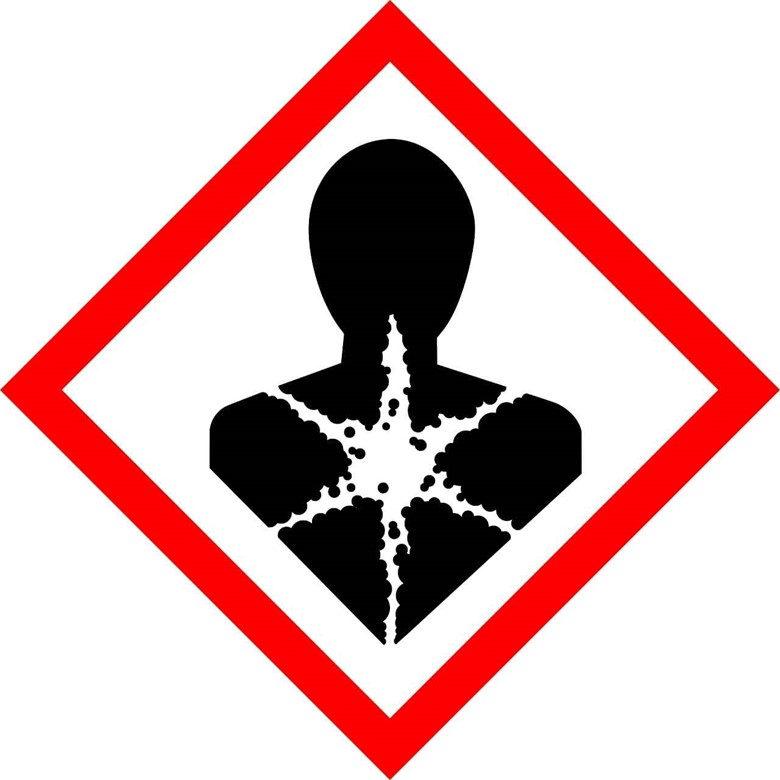
Iodine has terrible taste, is dangerous for thyroid problems, and is ineffective against the Cryptosporidium parasite making it difficult to use this method. For a larger amount of water, you need a larger amount of chemicals.
iii) Ultraviolet light purifier

In this method, the probe of a pen-like structure is placed in a container of water and swirls for a specific time usually 60 seconds to kill the pathogens in the water.
Drawback:
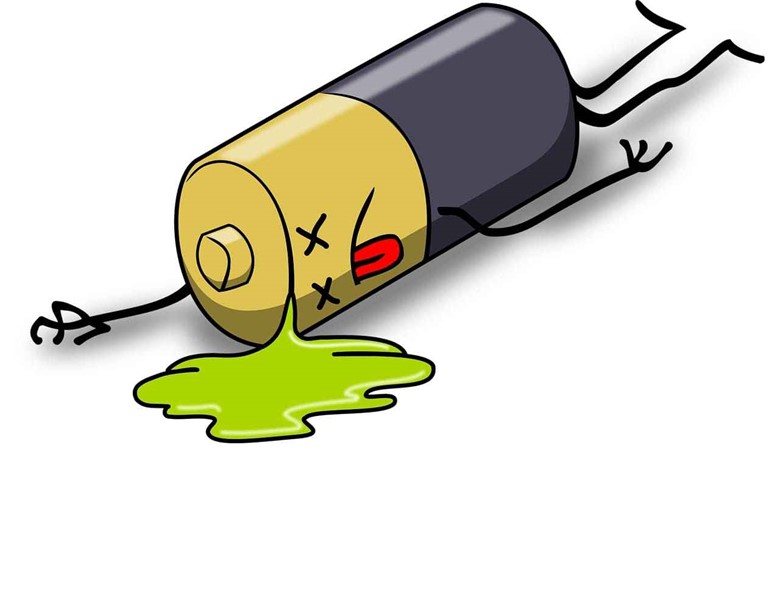
One of the major complaints about this device is the drainage of battery consumption and there is also a risk of malfunctioning parts of this device.
Conclusion/summary:
So let’s sum up the article for the question “Why a first aid kit is important in hiking” We concluded that to protect ourselves from injuries, cuts, sprains, blisters, etc, and to enjoy the hike and camping, a first aid kit is necessary. we also concluded that everything discussed here or in general is unavailable in the first aid kit. It means you have to buy extra things out of the first aid kit. Here I am listing all those things you need during the hike.
- First aid kit
- A hat or cap
- Good quality socks
- Best and fit hiking shoes for men and women
- best-sunblock
- Anti-inflammatory drugs such as aspirin, ibuprofen, or naproxen
- sports drinks or hydration powder (Electrolyte drink mix)
- salt like Dioralyte
- Soap for hiking and camping
- Pepto-Bismol for stomach upset
- Mosquito net or this one.
- anti-mosquito bite lotion
- Men’s long-sleeved shirts and long pants for hiking and women’s long-sleeved shirts and long pants.
- Bandana
- Lifestraw water filter
- Ultraviolet light water purifier
- Gerber Gear 30-000469N 12-in-1 Dime Multitool Mini, Needle Nose Pliers Pocket Knife Keychain, Bottle Opener, EDC Gear, Black
- Shockproof Hiking Navigation Compass
- LED Rechargeable Flashlight For EDC, Camping, Hunting, Hiking With 4 Light Modes, Water and Impact Resistant
- Water Resistant Headlamps, High-Performance Head Light for Outdoors, Camping, Running, Storm, Survival LED Light for Emergencies
- Women Urinal Funnel, Female Urination Device for Women, Camping Accessories, Hiking, Outdoor Activities
So enjoy your hike and camping and keep safe.


